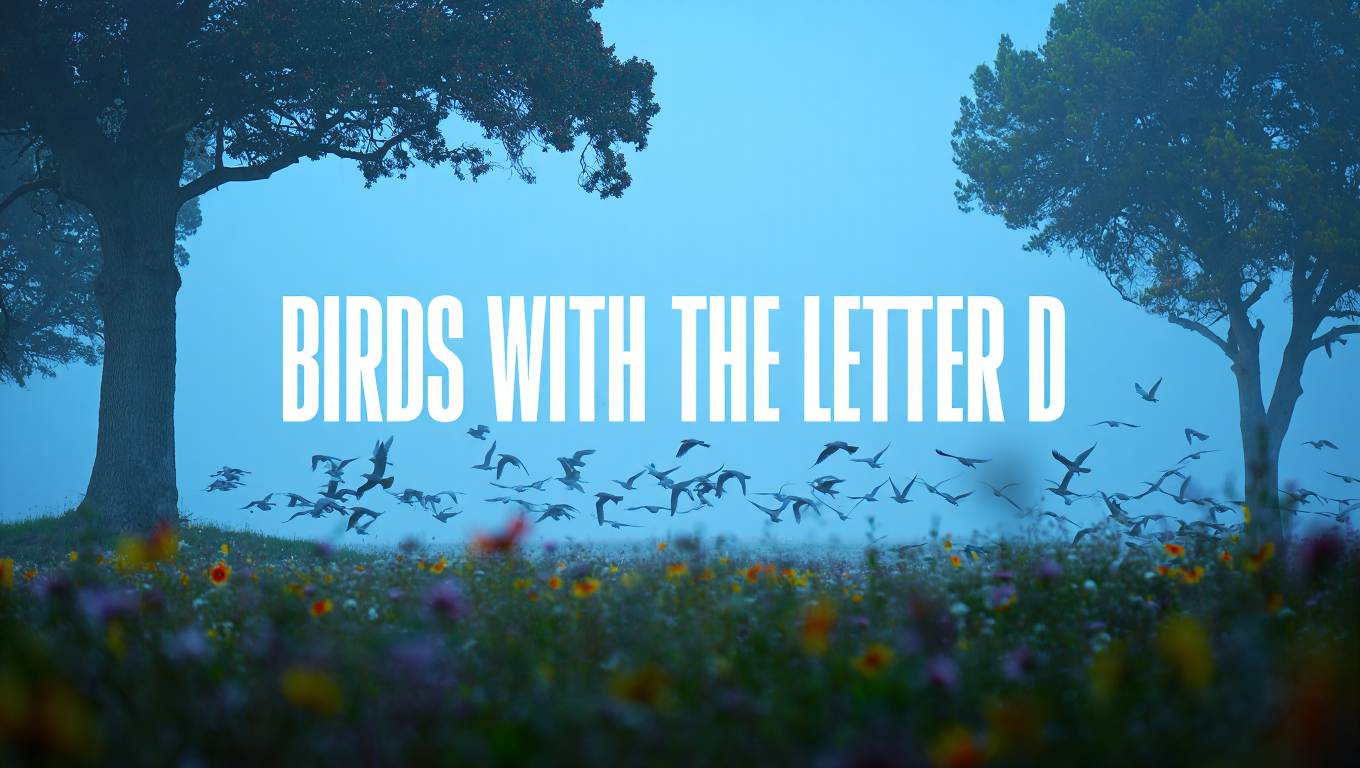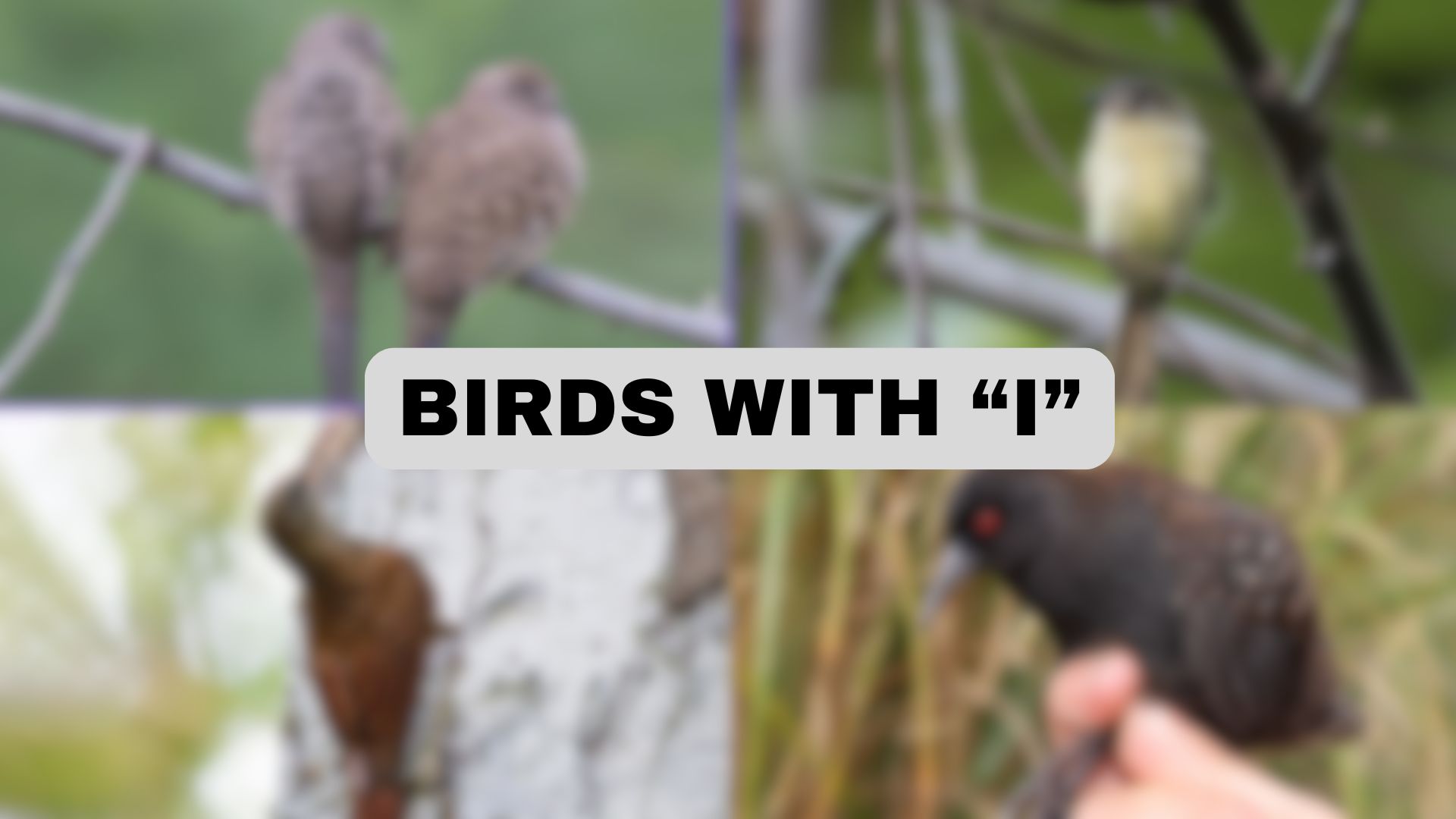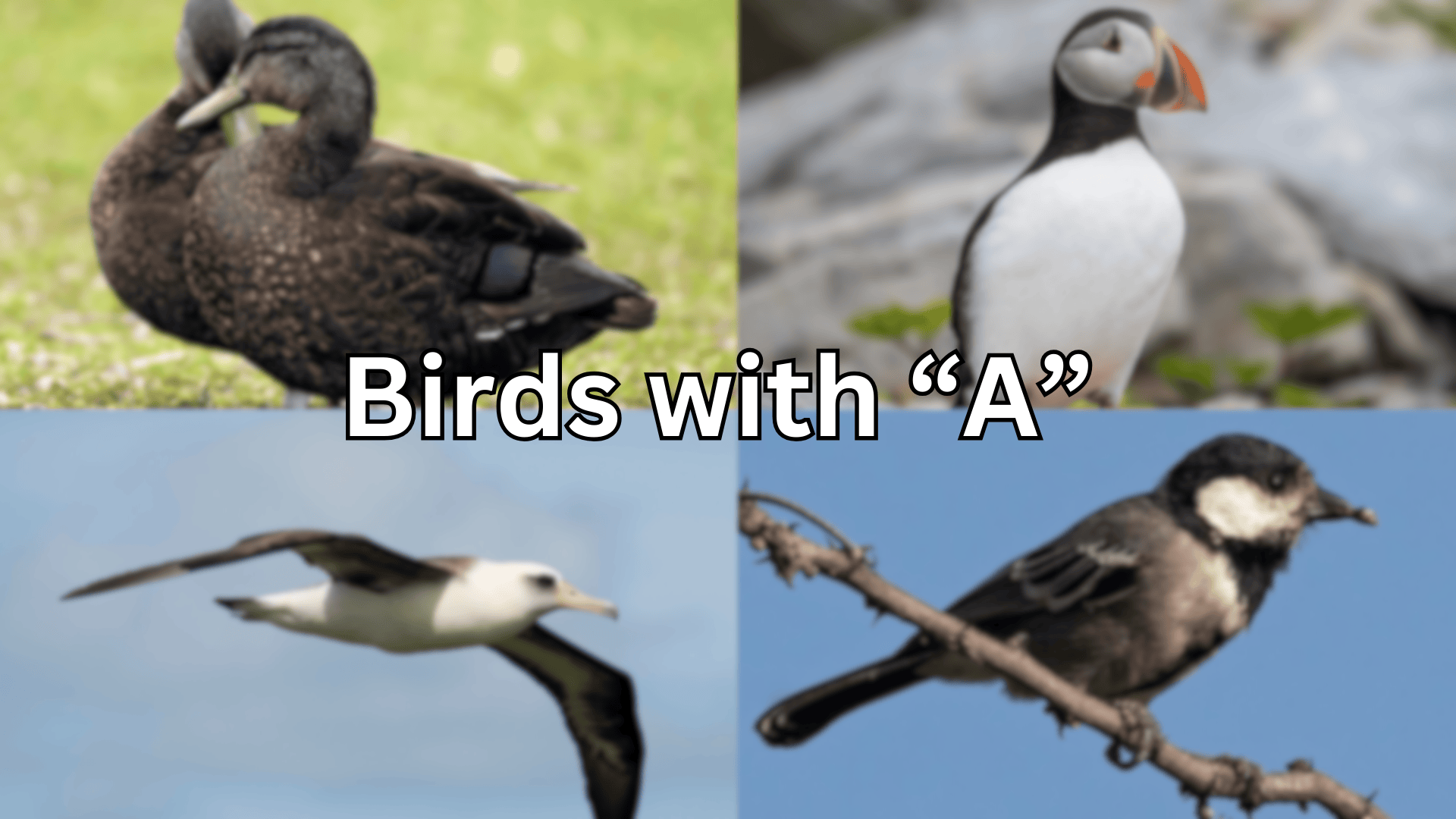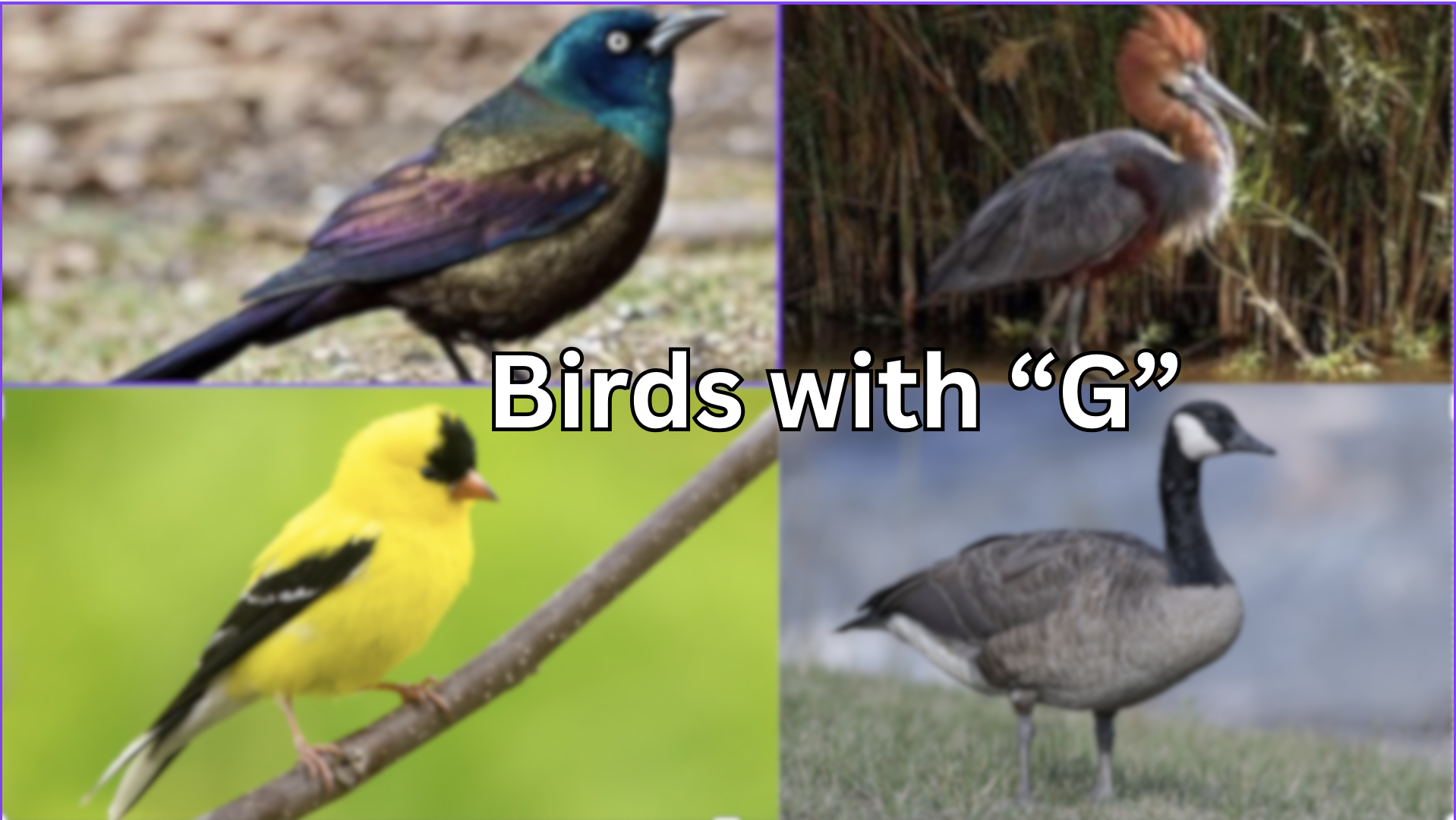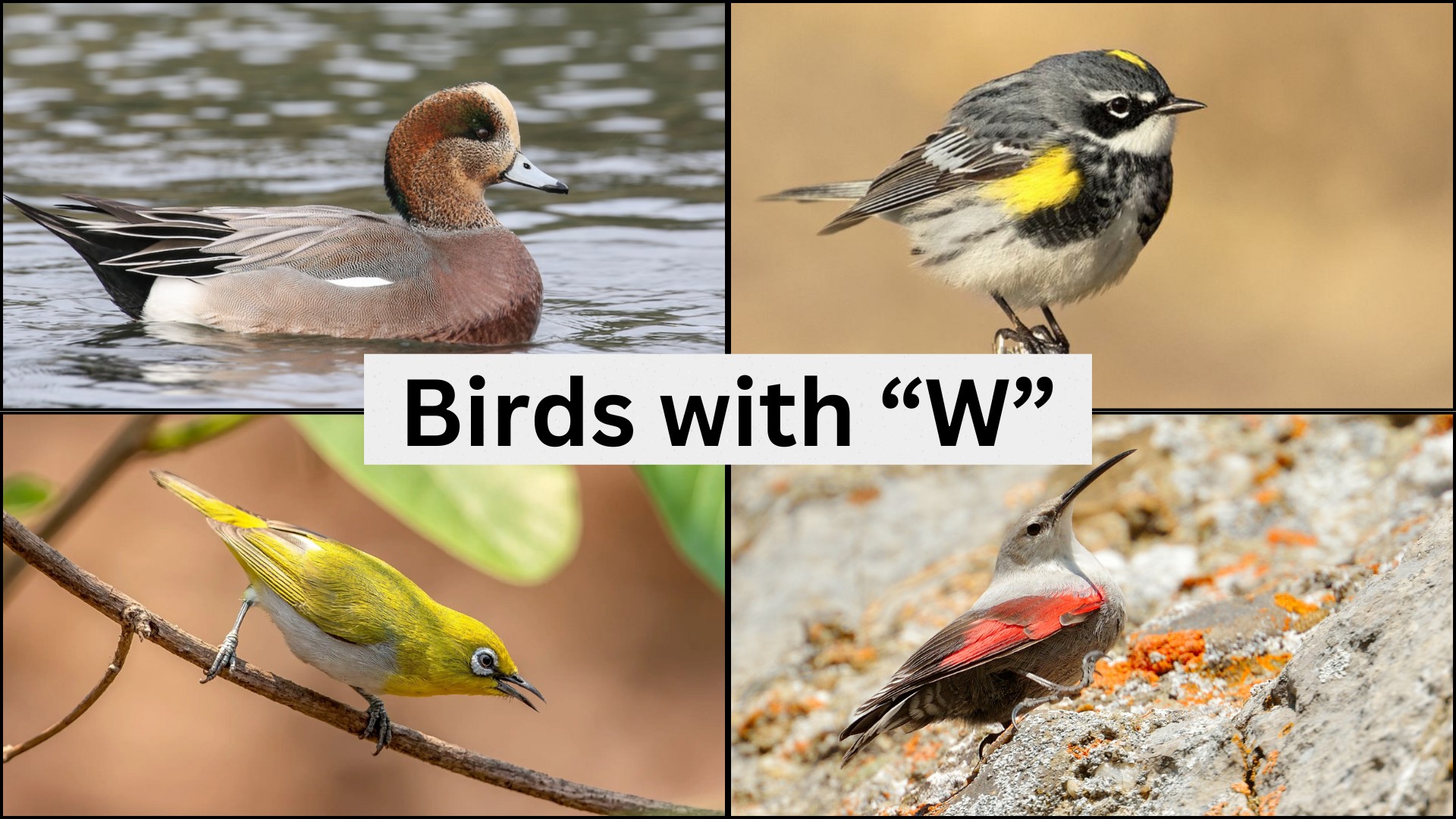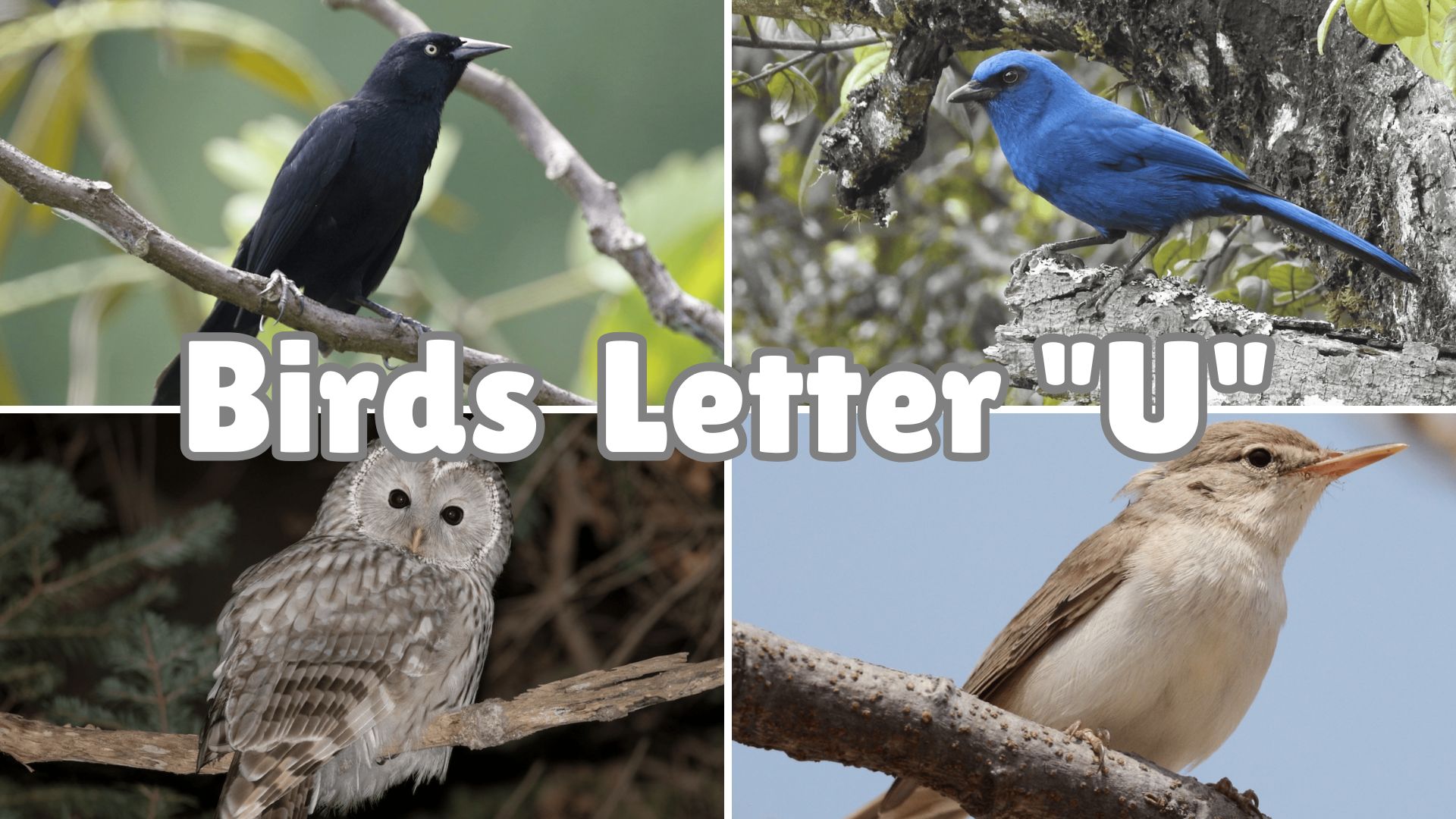
Ever wondered about the enigmatic birds hiding in plain sight whose names begin with “U”? These rare avian treasures represent some of the most extraordinary yet overlooked species on our planet!
Did you know the Umbrella Bird’s bizarre courtship display involves inflating a hollow, feathered throat sac that amplifies its calls to sound like deep, resonating drum beats echoing through the rainforest?
In this avian expedition, we’ll uncover the mysterious worlds of these uncommon “U” birds, revealing their exotic habitats, scientific lineages, surprising dietary preferences, and unique vocalizations that few humans ever witness.
From remote tropical paradises to windswept tundras, these remarkable creatures have evolved adaptations that will challenge everything you thought you knew about birds.
Prepare to be amused by these feathered underdogs as we shine a spotlight on nature’s best-kept secrets!
Popular Birds with “U”
1. Upland Sandpiper
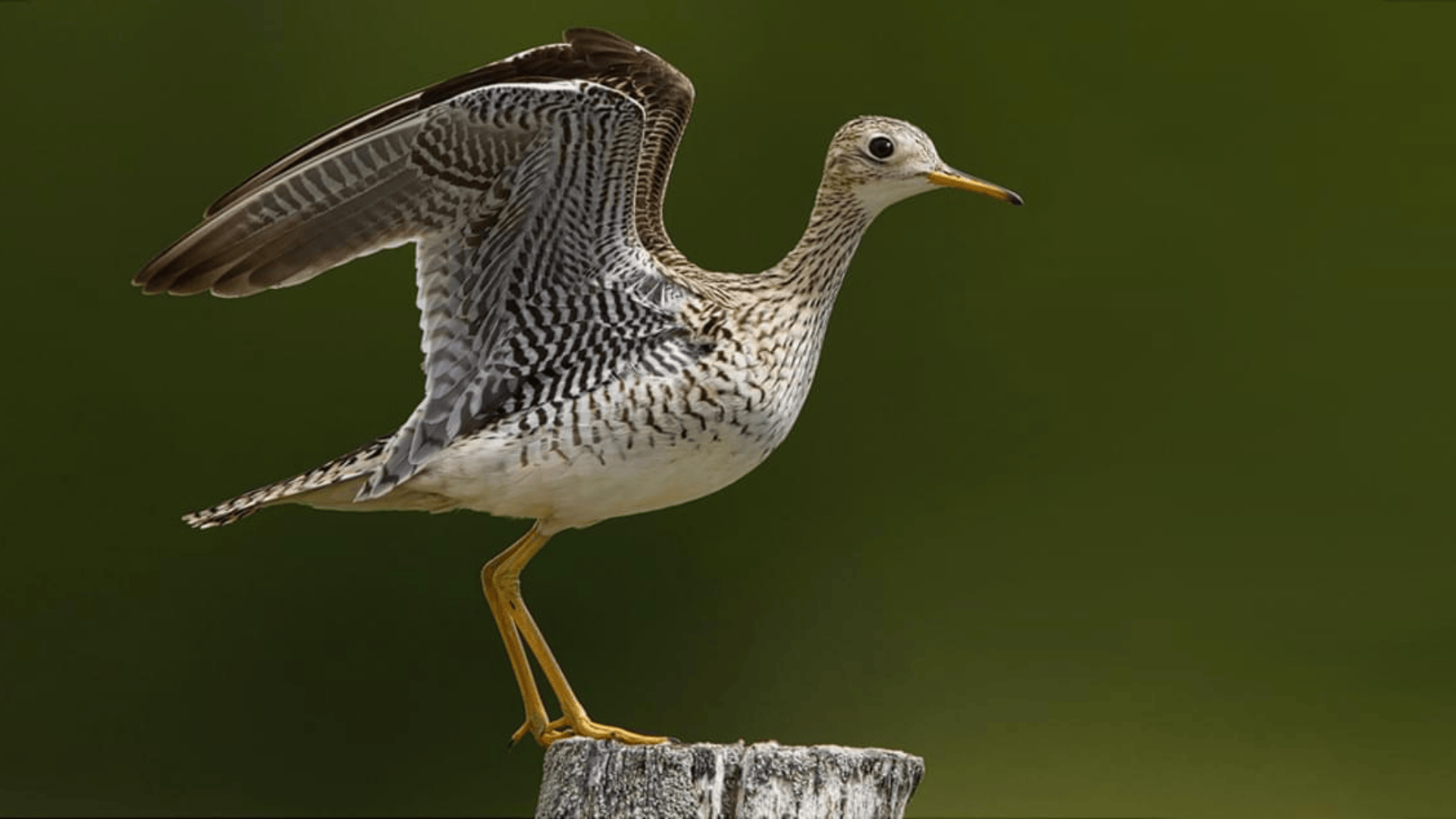
The Upland Sandpiper is a slender, long-legged shorebird that reaches about 12 inches in length. It has a small head, long neck, and yellowish legs, with mottled brown and buff plumage that helps it blend into grassy environments. Unlike many other sandpipers, it prefers open grasslands over wetlands.
- Region of Habitat: Found primarily in North America, especially the central U.S. grasslands and prairie regions; also migrates to South America during the winter.
- Scientific Name:Bartramia longicauda
- Feeding Habits: Eats insects, spiders, and other invertebrates by walking slowly through grass and picking food from the ground or low vegetation.
- What Sound They Make: Emits a long, bubbling whistle that rises and falls, used during flight displays and territorial calls.
Fun Facts:
Despite its name, the Upland Sandpiper rarely lives near water; it’s more at home in tallgrass prairies and pastures. It was once heavily hunted for food in the 19th century, which led to a significant population decline, though conservation efforts have helped it rebound in some areas.
2. Ural Owl
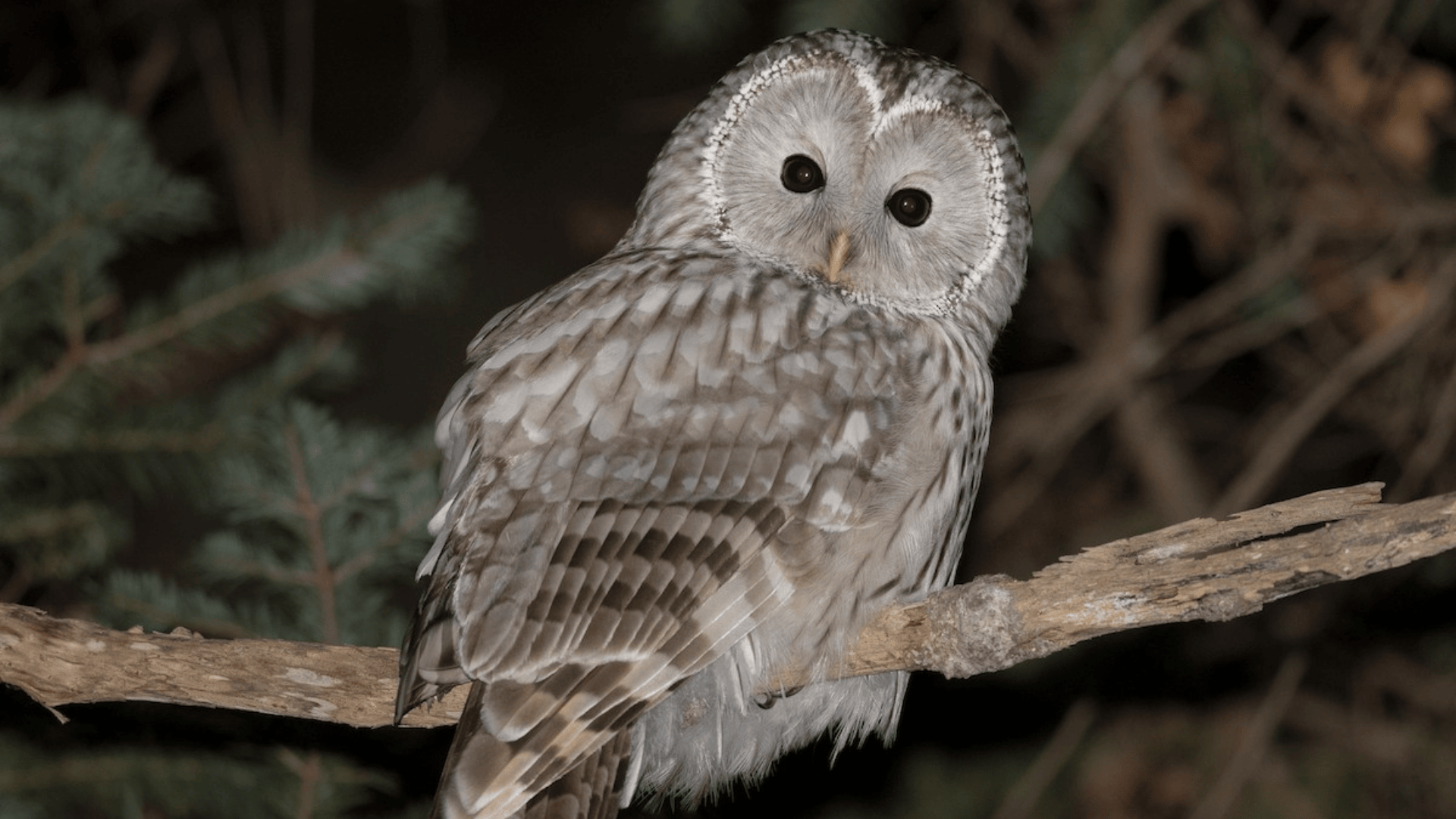
The Ural Owl is a medium-to-large owl, measuring about 20 to 24 inches in length with a wingspan of up to 50 inches. It has a round head without ear tufts, pale greyish-brown plumage with streaks, and large dark eyes that give it an intense gaze. Its tail is notably long for an owl, aiding in its flight through forests.
- Region of Habitat: Found across northern and eastern Europe and into Asia, inhabiting dense deciduous and mixed forests, especially in hilly or mountainous regions.
- Scientific Name:Strix uralensis
- Feeding Habits: Feeds on small mammals like voles and shrews, occasionally preying on birds, frogs, and insects. It hunts primarily at night, using its keen sense of hearing.
- What Sound They Make: They produce a deep, rhythmic hooting call that can travel long distances, especially during the breeding season to establish territory.
Fun Facts:
The Ural Owl is fiercely territorial and will aggressively defend its nest, even against humans, during the breeding season. Despite being a nocturnal hunter, it sometimes hunts during the day, especially when feeding hungry chicks in early spring.
3. Upland Goose
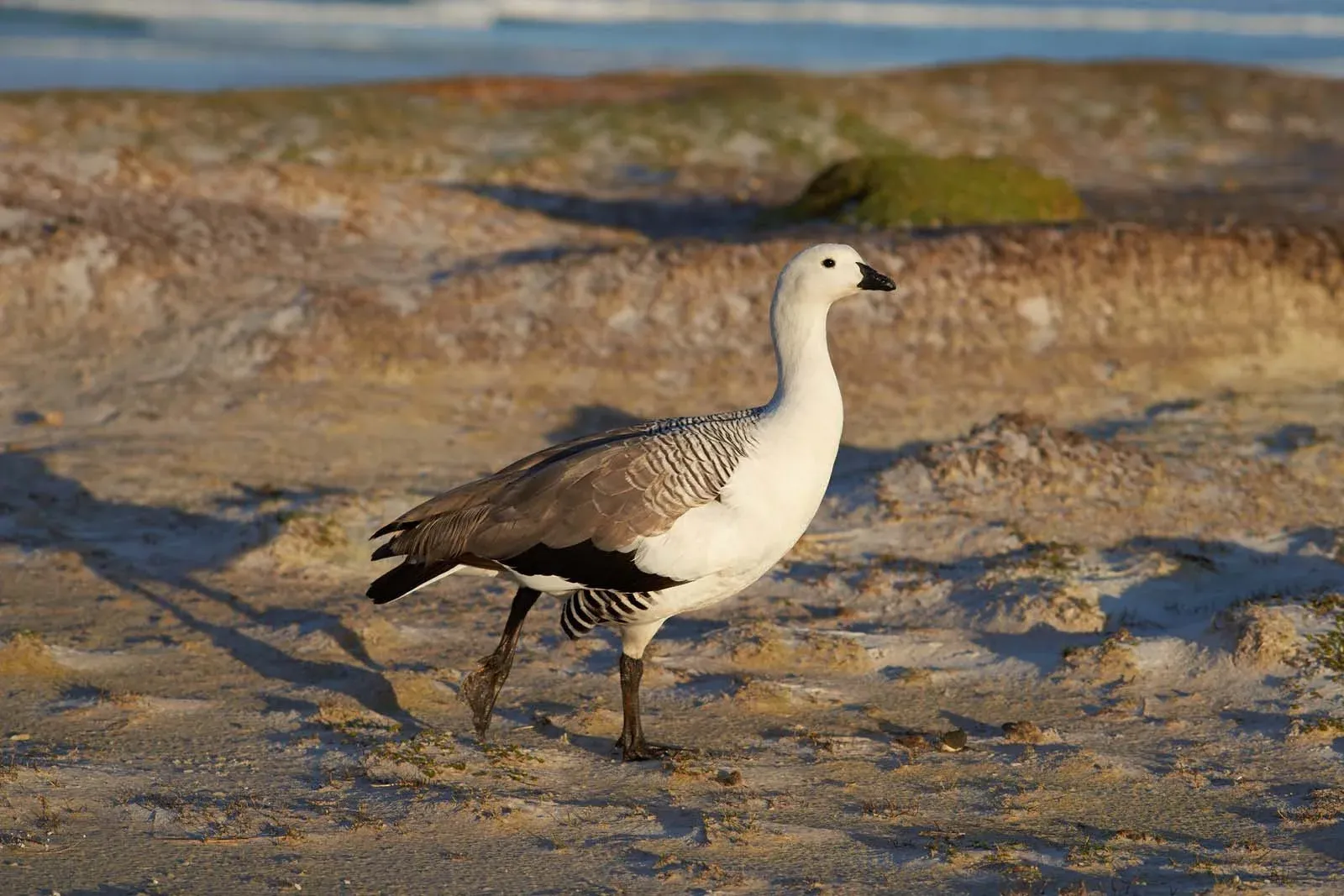
The Upland Goose is a bulky, ground-dwelling bird with strong legs and a short bill. Males are white with black barring on the back, while females are brown with dark streaks. They grow up to 28 inches long and are known for their upright posture and terrestrial lifestyle.
- Region of Habitat: Found in southern South America, especially Patagonia and the Falkland Islands, in grasslands and open plains.
- Scientific Name:Chloephaga picta
- Feeding Habits: Primarily grazers, feeding on grasses and herbaceous plants by walking and foraging on the ground.
- What Sound They Make: Emit honking and whistling sounds, used in communication between mates and to alert others of potential threats.
Fun Facts:
Unlike most geese, the Upland Goose rarely swims and is almost entirely terrestrial. It forms strong pair bonds, with males often guarding females and young very closely.
4. Ultramarine Flycatcher
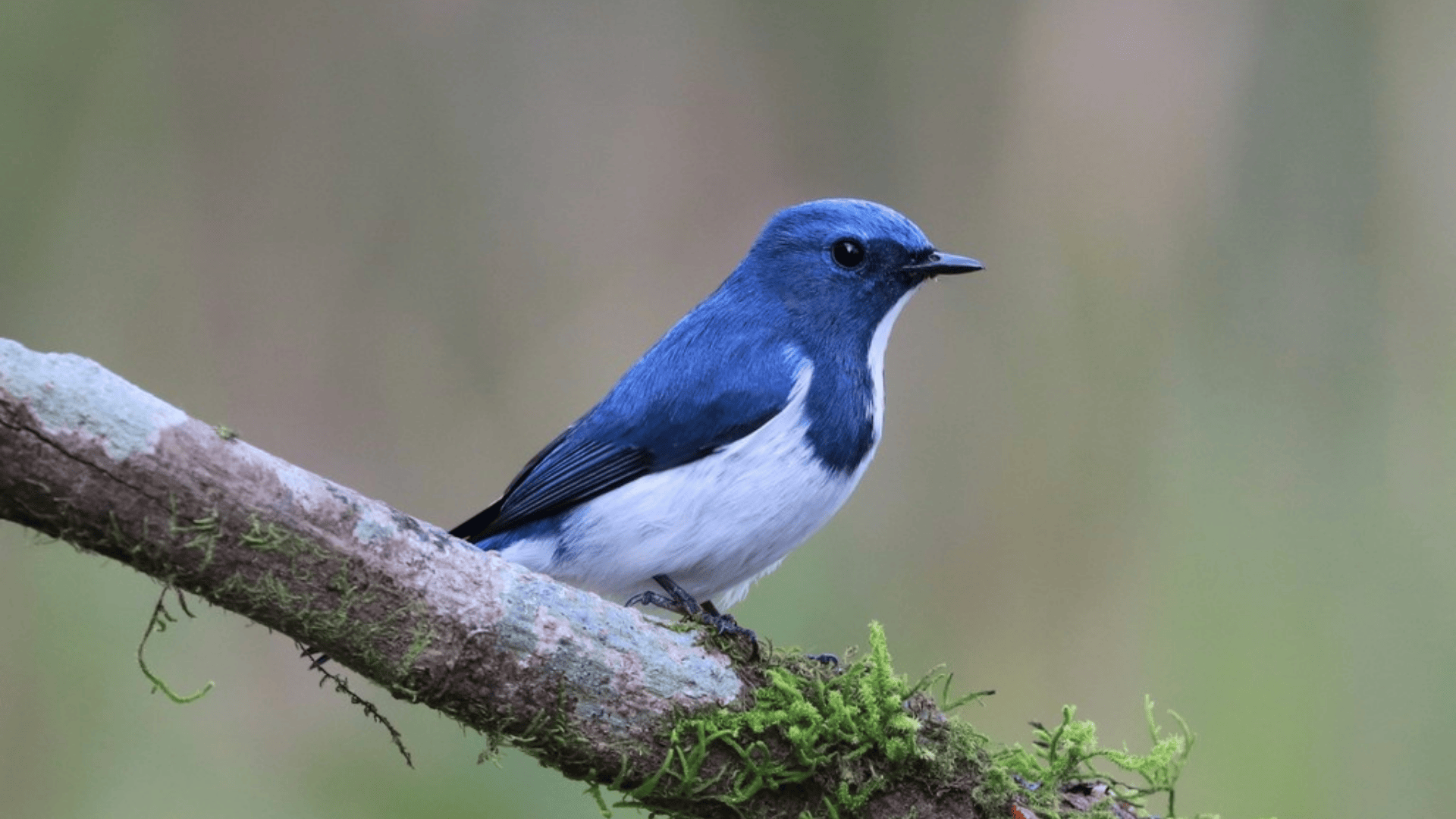
The Ultramarine Flycatcher is a small and vibrantly colored bird, with males showcasing a rich blue upper body and white underparts, while females are more subdued. It measures around 5 inches in length and is known for its striking coloration.
- Region of Habitat: Found in the Himalayas and across northern India and Southeast Asia, favoring montane forests and wooded valleys.
- Scientific Name:Ficedula superciliaris
- Feeding Habits: Insectivorous, catching flying insects mid-air or picking them from foliage and bark.
- What Sound They Make: They produce soft, melodic whistles and chirps, often heard during the mating season.
Fun Facts:
This flycatcher is a long-distance migrant, spending summers in the Himalayas and winters in Southern India. Its brilliant coloration helps in attracting mates during the breeding season.
5. Umbrellabird
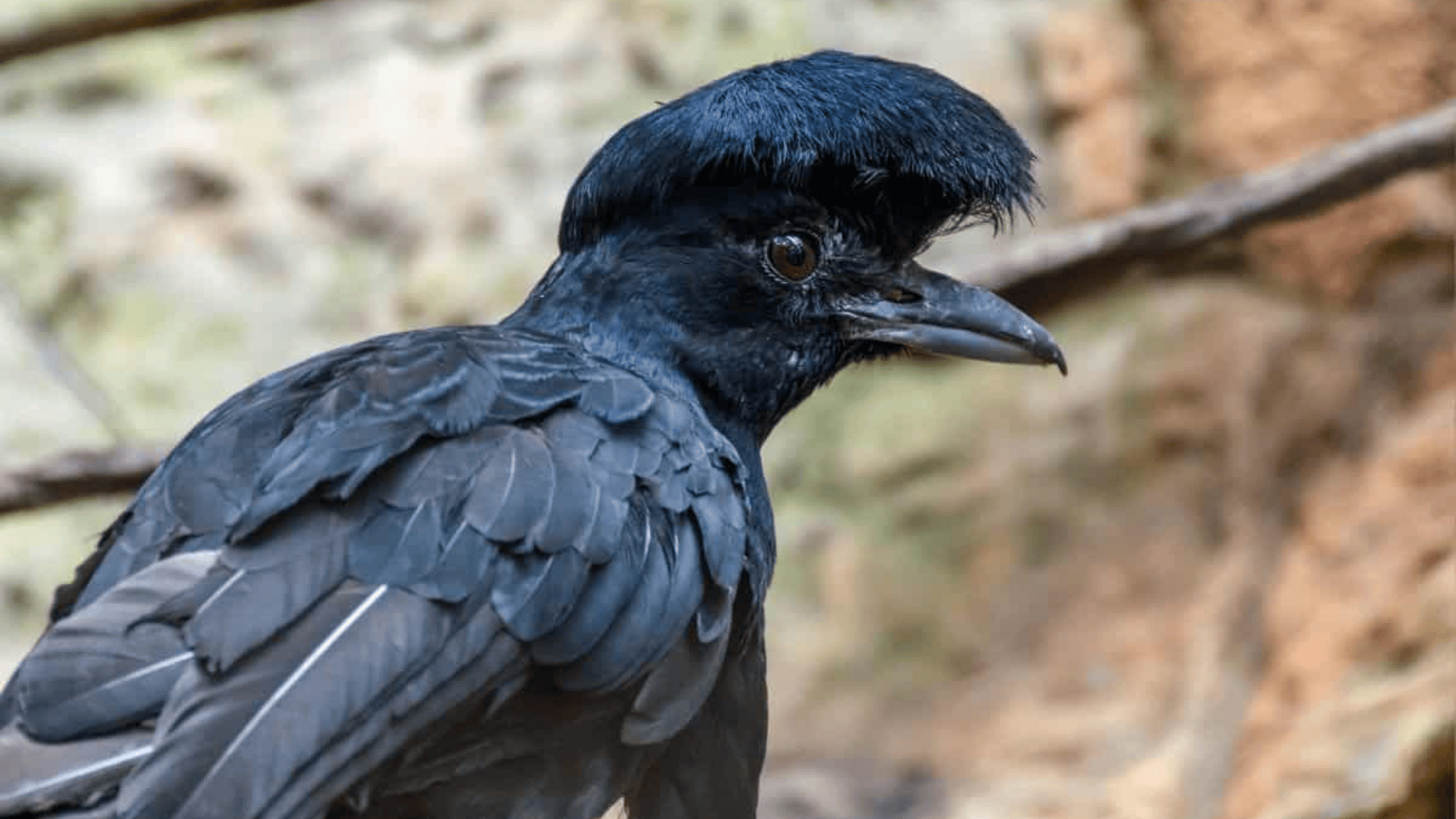
The umbrellabird is a large, black bird with a prominent umbrella-like crest on its head and a distinctive inflatable throat pouch used for display. It can grow up to 20 inches long and has a crow-like appearance.
- Region of Habitat: Inhabits humid tropical forests in Central and South America, particularly in Colombia, Ecuador, and Panama.
- Scientific name:Cephalopterus ornatus
- Feeding habits: Eats fruits, insects, and small animals, foraging in the forest canopy or descending to the forest floor.
- What Sound They Make: Emits a low, booming call, often described as foghorn-like, used during mating displays.
Fun Facts:
Males use their inflatable throat pouch to amplify their booming calls during courtship. Due to deforestation and habitat loss, the umbrellabird is considered vulnerable.
6. Unicolored Blackbird
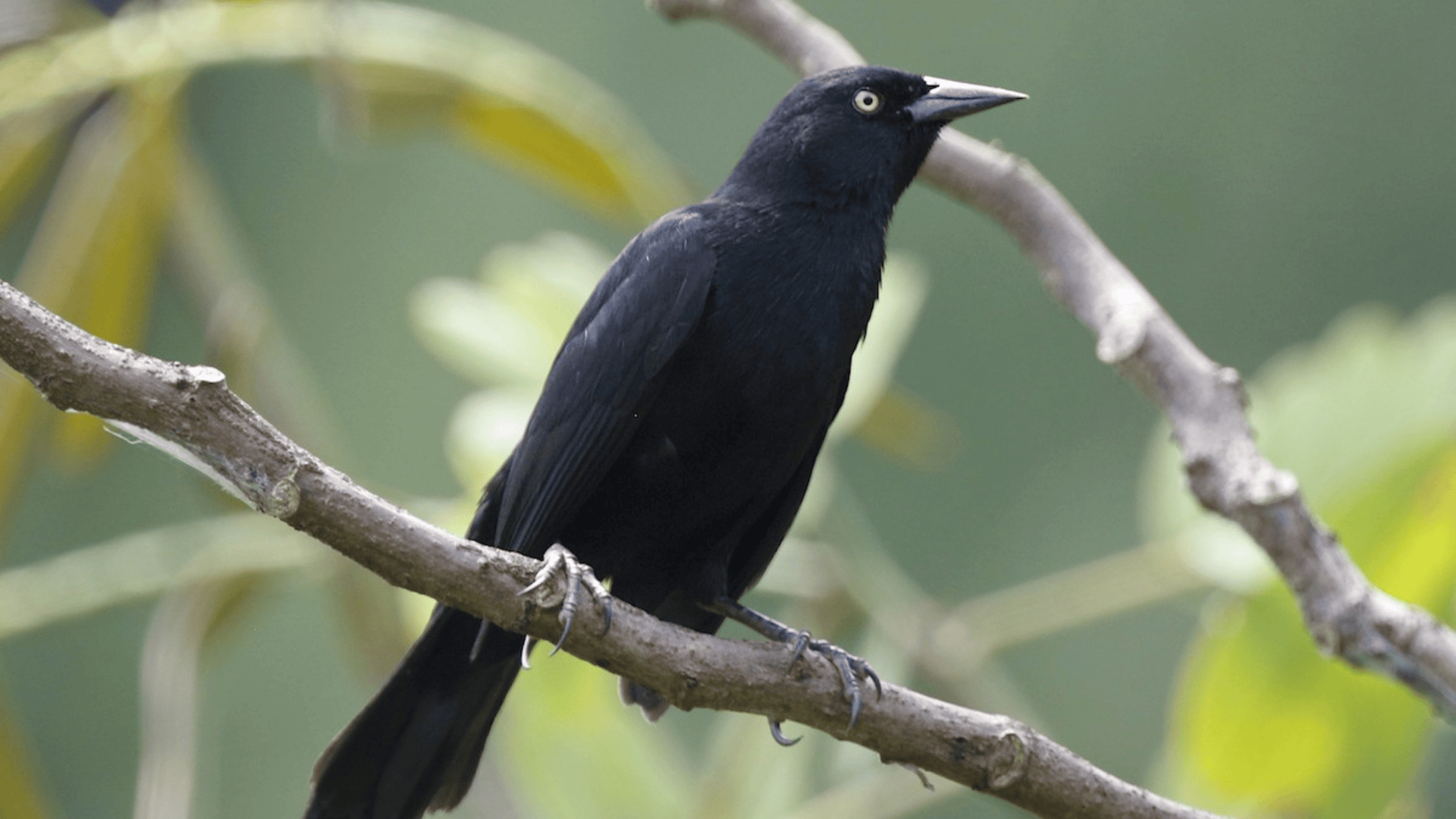
The unicolored blackbird is a sleek, medium-sized bird with entirely black plumage in males and brownish tones in females. It measures about 9 inches in length and has a strong, pointed beak.
- Region of Habitat: Found in South America, especially in Marshes and Wetlands in Countries like Brazil, Argentina, and Paraguay.
- Scientific Name:Agelasticus Cyanopus
- Feeding Habits: Feeds on insects, seeds, and small aquatic creatures, often foraging in shallow water and among reeds.
- What Sound They Make: Emits a variety of metallic and buzzing calls, often heard during courtship and territorial defense.
Fun Facts:
This species is known for its secretive behavior and can be difficult to spot despite its dark coloration. It often nests in dense wetland vegetation to avoid predators.
7. Unspotted Saw-Whet Owl
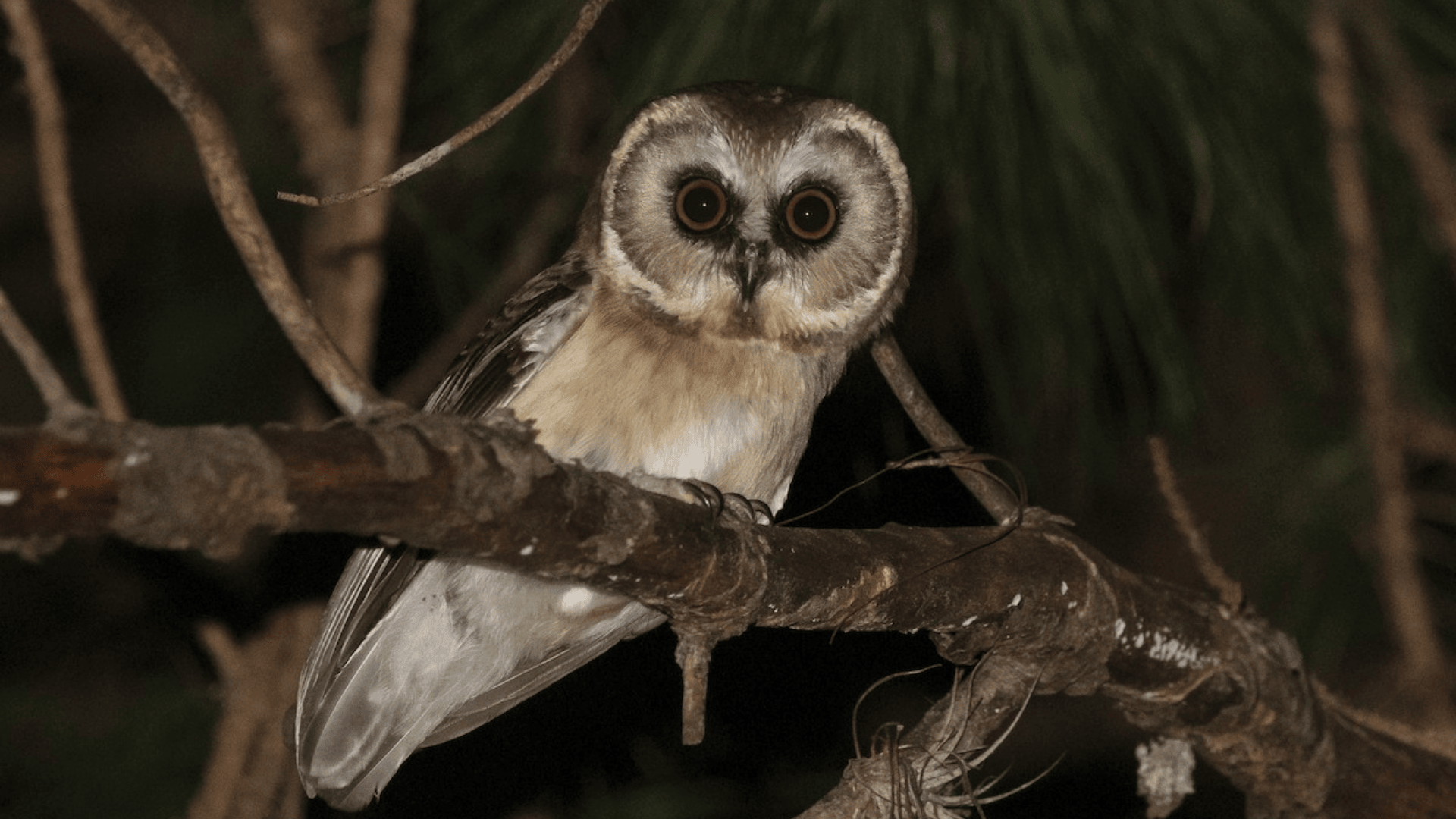
This small owl lacks the characteristic spotting found on other saw-whet owls, giving it a more uniform look. It is about 7 to 8 inches long and has a rounded head, yellow eyes, and a short tail.
- Region of Habitat: Found in Montane Forests of Central America, including Honduras, Nicaragua, and Costa Rica.
- Scientific Name:Aegolius Ridgwayi
- Feeding Habits: Hunts small rodents and insects, using its acute hearing and vision to locate prey at night.
- What Sound They Make: They produce high-pitched, repetitive whistles and short bursts of trills for communication.
Fun Facts:
Despite its small size, this owl is a formidable hunter. It is rarely seen due to its elusive nature and preference for high-elevation cloud forests.
8. Ultramarine Grosbeak
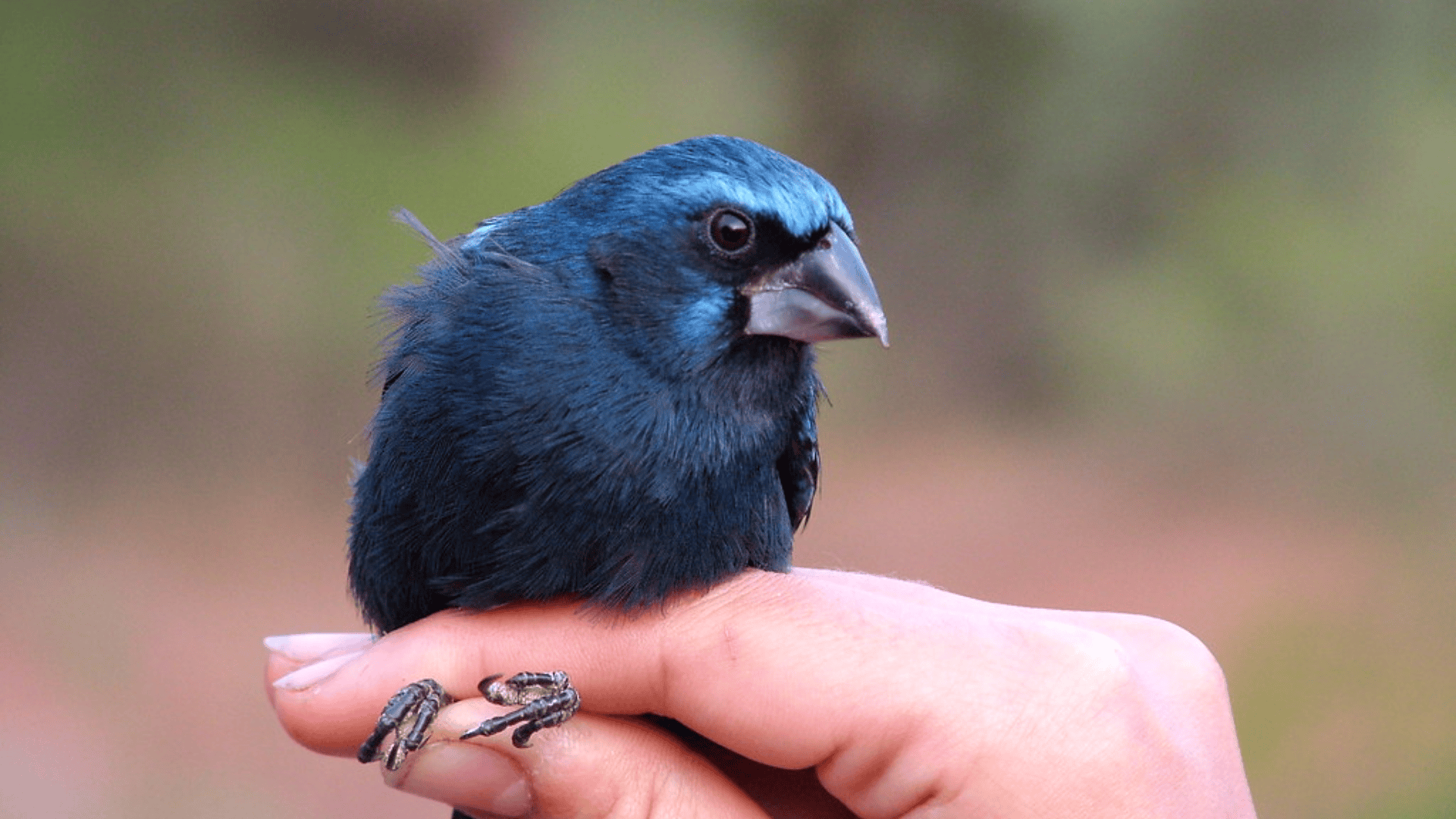
This striking bird is known for the male’s vivid blue plumage and the female’s more muted brown color. It is medium-sized, around 6.5 inches long, with a robust, conical beak suited for seed-eating.
- Region of Habitat: Native to Central and South America, especially in open Woodland, Scrub, and Secondary Forest.
- Scientific Name:Cyanoloxia Brissonii
- Feeding Habits: Feeds on seeds, fruits, and insects, often foraging in shrubs and low branches.
- What Sound They Make: Sing a rich, melodious song, which the male uses to attract mates and mark territory.
Fun Facts:
The male’s intense blue coloration is more vivid during breeding season. These birds are often seen in pairs and exhibit strong territorial behavior.
9. Unicolored Jay
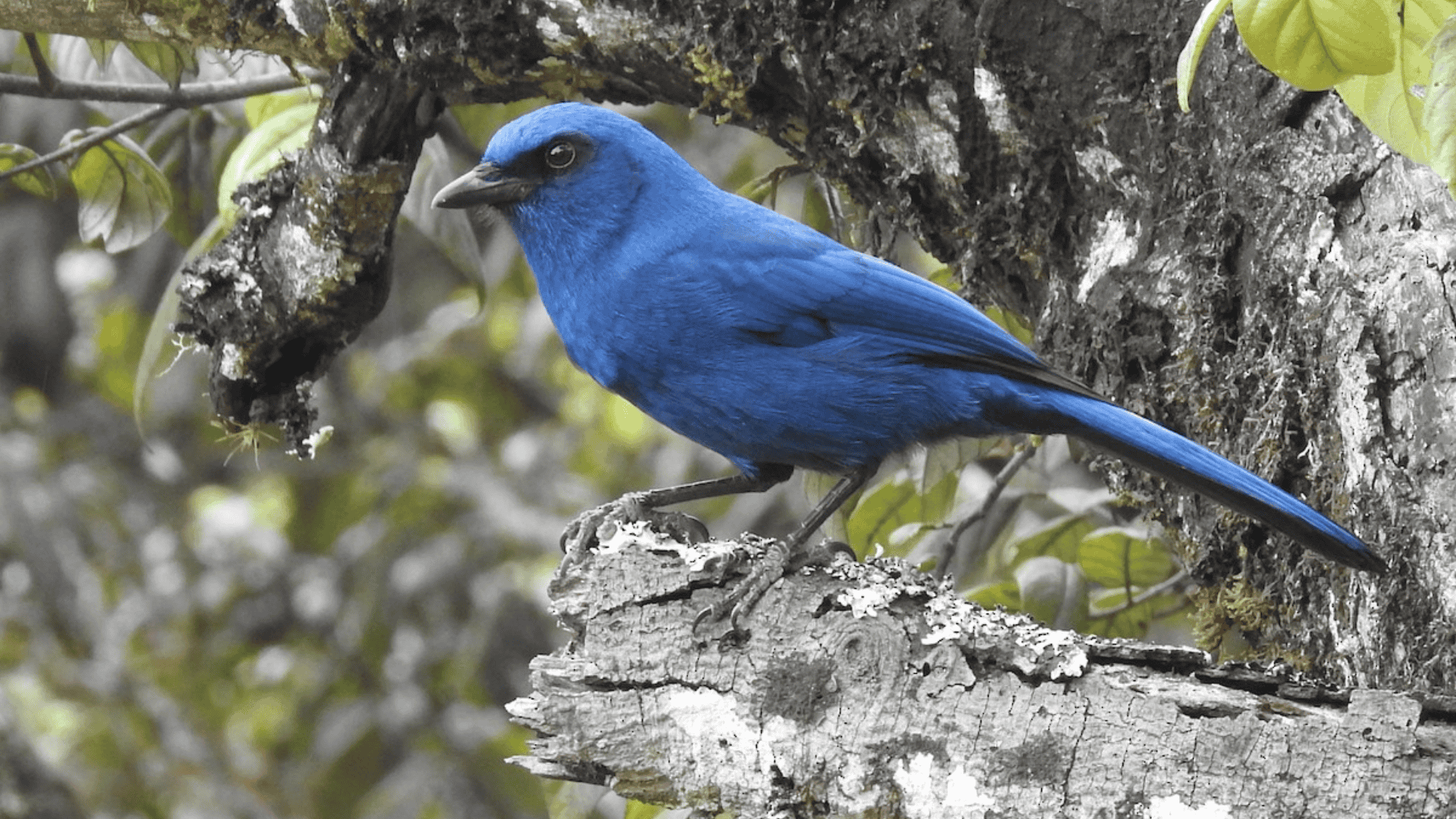
The unicolored jay is a medium-sized bird with rich blue or blue-violet plumage and a stout, black bill. It can grow up to 11 inches long and has a bushy crest.
- Region of Habitat: Found in the highland forests of Central America, especially in Mexico and Guatemala.
- Scientific Name:Aphelocoma Unicolor
- Feeding Habits: Omnivorous, consuming insects, seeds, fruit, and sometimes small vertebrates; often forages in noisy family groups.
- What Sound They Make: Vocalizes with harsh squawks, chatters, and whistles used for social communication.
Fun Facts:
This jay is highly social and often seen in groups, cooperating in tasks like nest defense. It plays an important role in seed dispersal throughout its forest habitat.
10. Uniform Crake
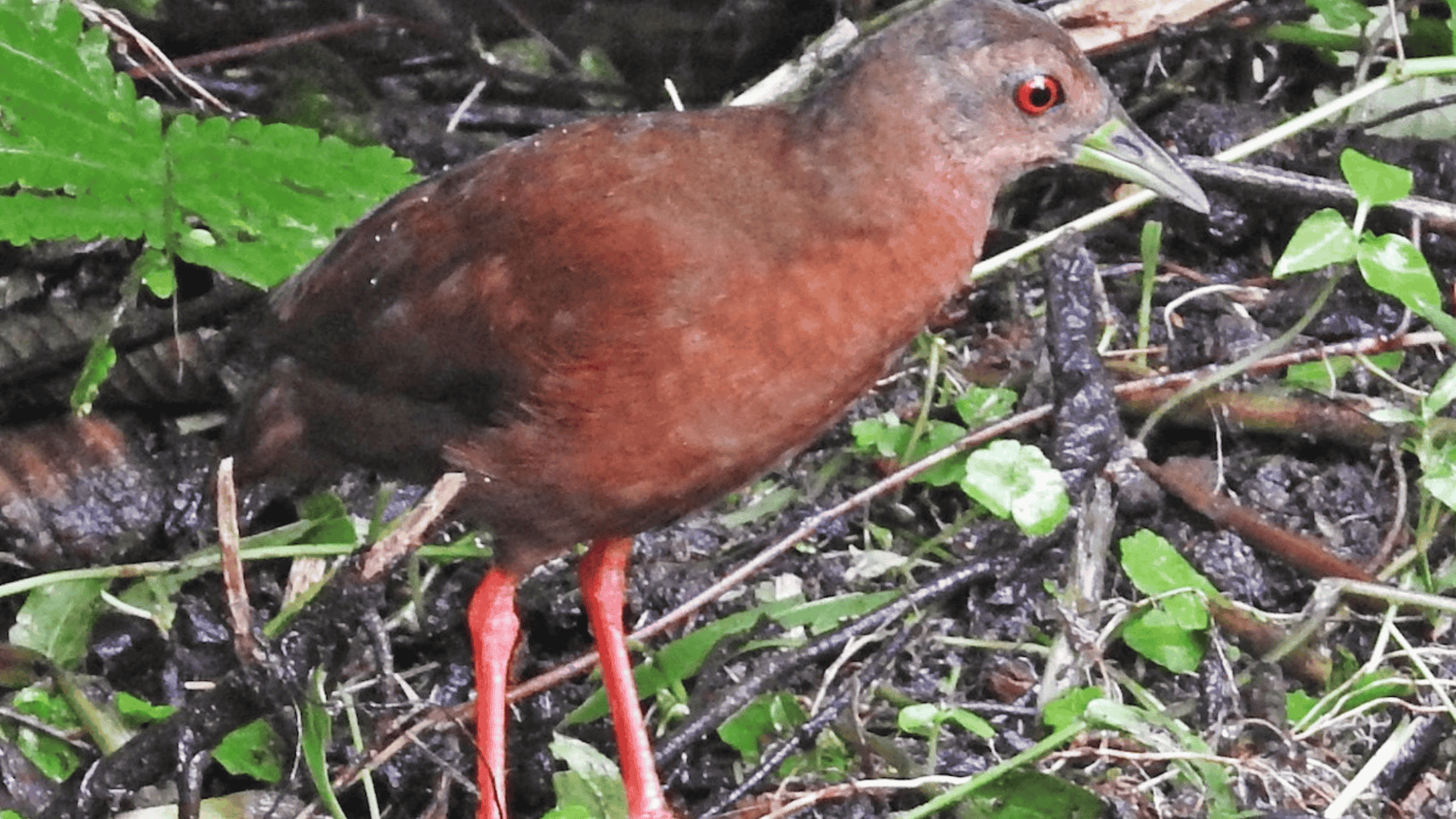
A secretive bird, the uniform crake has chestnut to olive-brown plumage with little variation, making it blend easily into dense vegetation. It is about 9 inches long and has red eyes and greenish legs.
- Region of Habitat: Found in lowland rainforests and marshy areas of Central and South America.
- Scientific Name:Amaurolimnas Concolor
- Feeding Habits: Eats insects, small amphibians, and plant matter, foraging on the ground in dense cover.
- What Sound They Make: Emits a repetitive, high-pitched whinnying call, often heard at dawn or dusk.
Fun Facts:
It is notoriously elusive and more often heard than seen. The uniform crake’s name comes from its consistent coloring, which aids its camouflage in forest undergrowth.
11. Unicolored Tapaculo
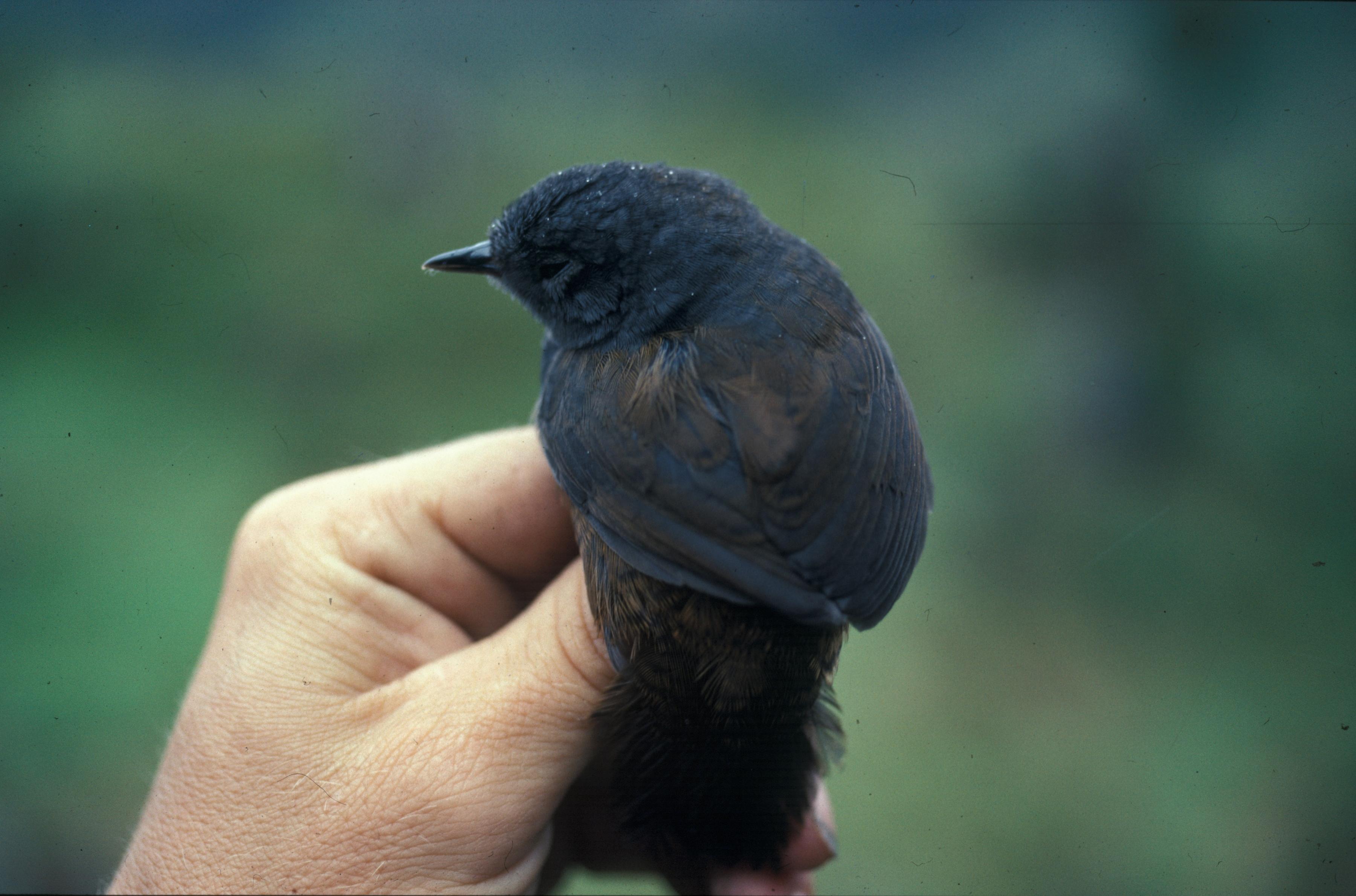
The unicolored tapaculo is a tiny, plump bird with short wings and tail, and as its name suggests, has a uniform dark gray or brown plumage. It grows to about 4.5 inches and is often seen scurrying along the forest floor.
- Region of Habitat: Native to the cloud forests of the Andes in Colombia and Ecuador, often at high peaks.
- Scientific Name:Scytalopus Unicolor
- Feeding Habits: Insectivorous, feeding on small invertebrates in leaf litter and among mossy undergrowth.
- What Sound They Make: Known for its series of rapid, high-pitched ticking notes repeated in a consistent pattern.
Fun Facts:
Tapaculos are notorious for being heard rather than seen due to their secretive habits and dense habitats. The unicolored tapaculo is one of the hardest to distinguish visually from related species.
12. Upland Buzzard
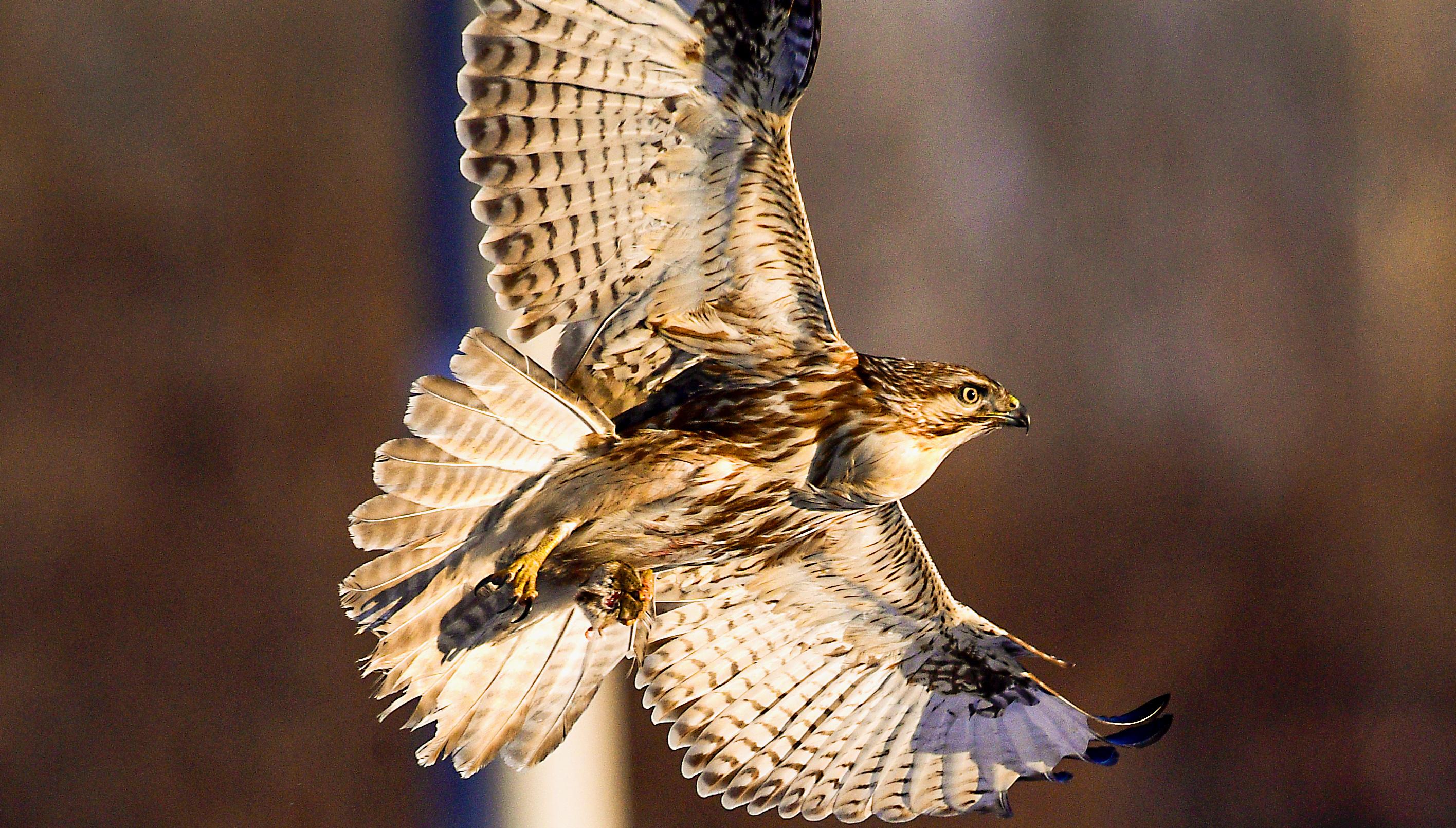
This large buzzard can reach lengths of 22 inches, with broad wings and a fan-shaped tail. It has a variable plumage, typically brown with pale underparts, and is known for soaring effortlessly over open landscapes.
- Region of Habitat: Found across Central Asia and the Tibetan Plateau, in grasslands, steppe, and mountainous terrain.
- Scientific Name:Buteo Hemilasius
- Feeding Habits: Hunts small mammals like voles and pikas, often seen hovering or perching on rocks.
- What Sound They Make: Emits a harsh, repeated “keee-aaa” call, especially during nesting season.
Fun Facts:
This buzzard breeds at some of the highest elevations of any raptor. It is sometimes mistaken for the common buzzard, though it prefers more arid, open regions.
13. Upcher’s Warbler
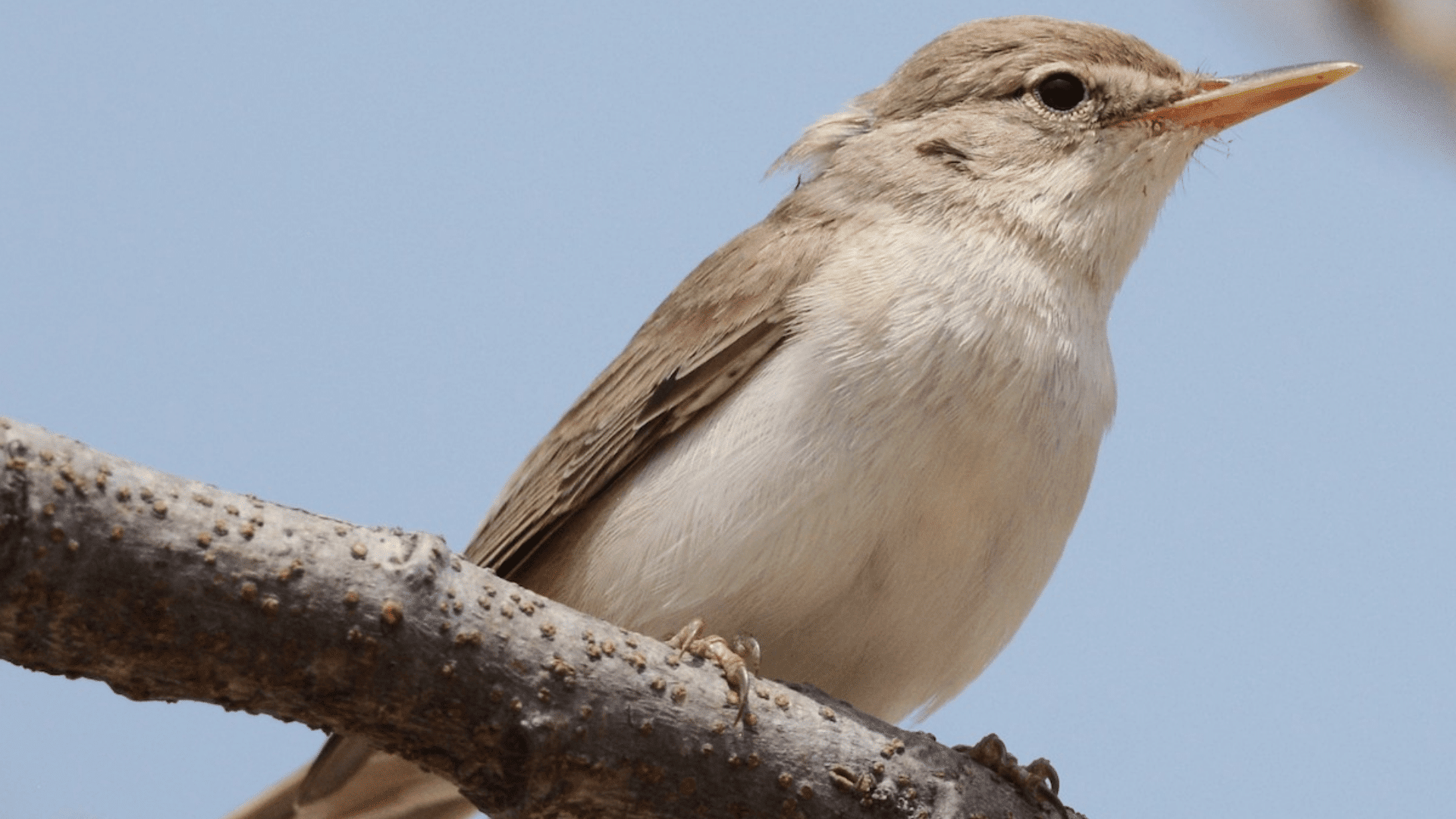
This slender, medium-sized warbler measures about 5.5 inches and has grey-brown plumage with a faint eye stripe. It has a noticeably long tail, which it flicks regularly while perched.
- Region of Habitat: Found in Southwestern Asia and Northeastern Africa, particularly in arid Scrub and Desert-edge vegetation.
- Scientific Name:Hippolais Languida
- Feeding Habits: Insectivore, gleaning insects and larvae from leaves, shrubs, and occasionally catching them in flight.
- What Sound They Make: They sing a varied and rapid warbling song that resembles other hippolais species.
Fun Facts:
This bird is a long-distance migrant, breeding in dry landscapes and wintering in East Africa. It is named after British naturalist Henry Baker Tristram’s friend, Henry Morris Upcher.
14. Uniform Swiftlet
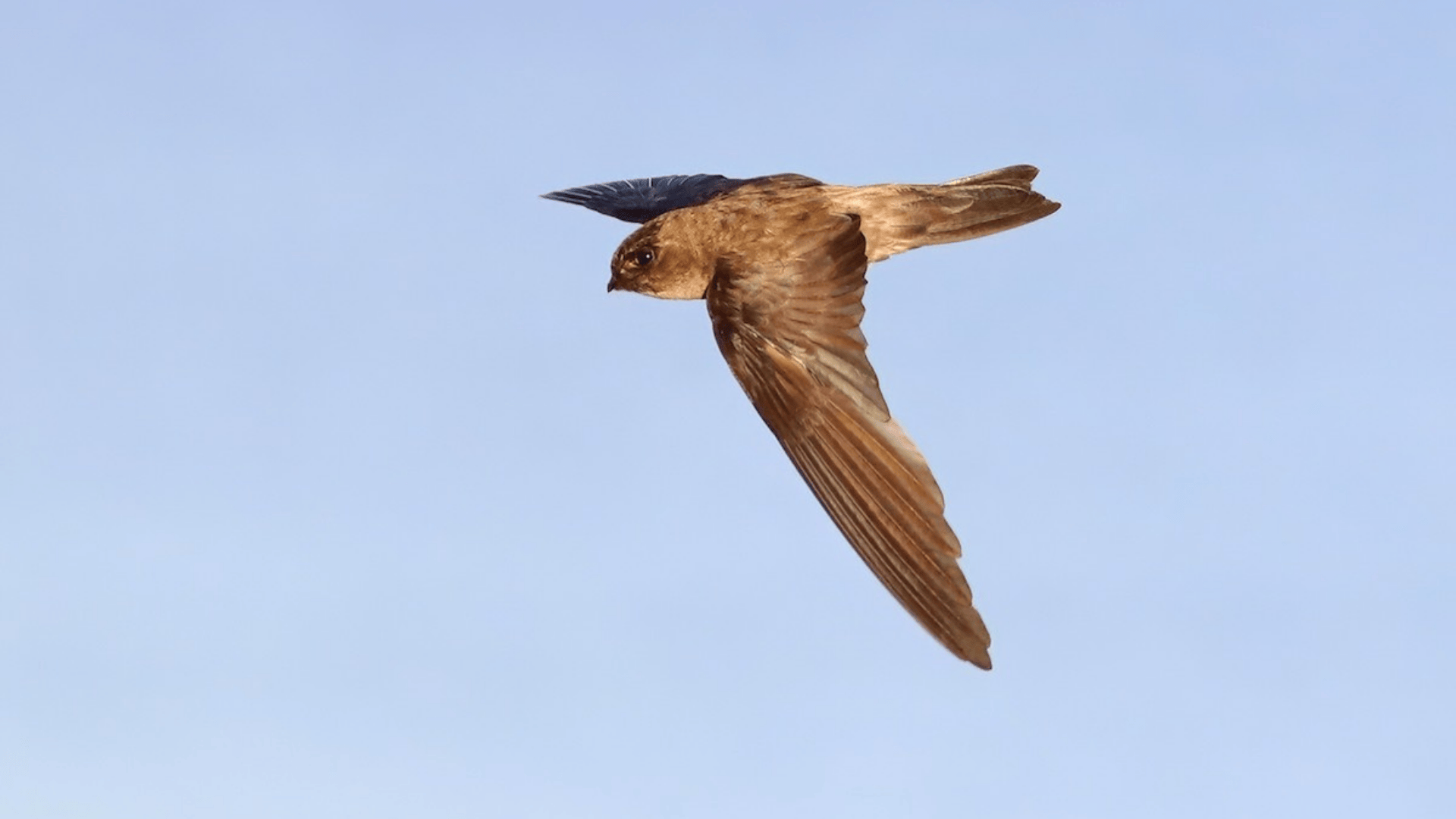
A small, compact swift with a sooty-gray plumage that appears nearly identical across its body. It grows to around 4 inches and has long, slender wings ideal for aerial maneuverability.
- Region of Habitat: Commonly found in Southeast Asia and the Philippines, in forests and around caves.
- Scientific Name:Aerodramus Vanikorensis
- Feeding Habits: Catches flying insects in mid-air during swift, darting flights.
- What Sound They Make: Uses high-pitched chirps and clicks, including echolocation calls for navigating dark caves.
Fun Facts:
The uniform swiftlet uses echolocation, like bats, to find its way in pitch-black caves. Their nests, made from saliva, are prized in the production of bird’s nest soup.
15. Uniform Treehunter
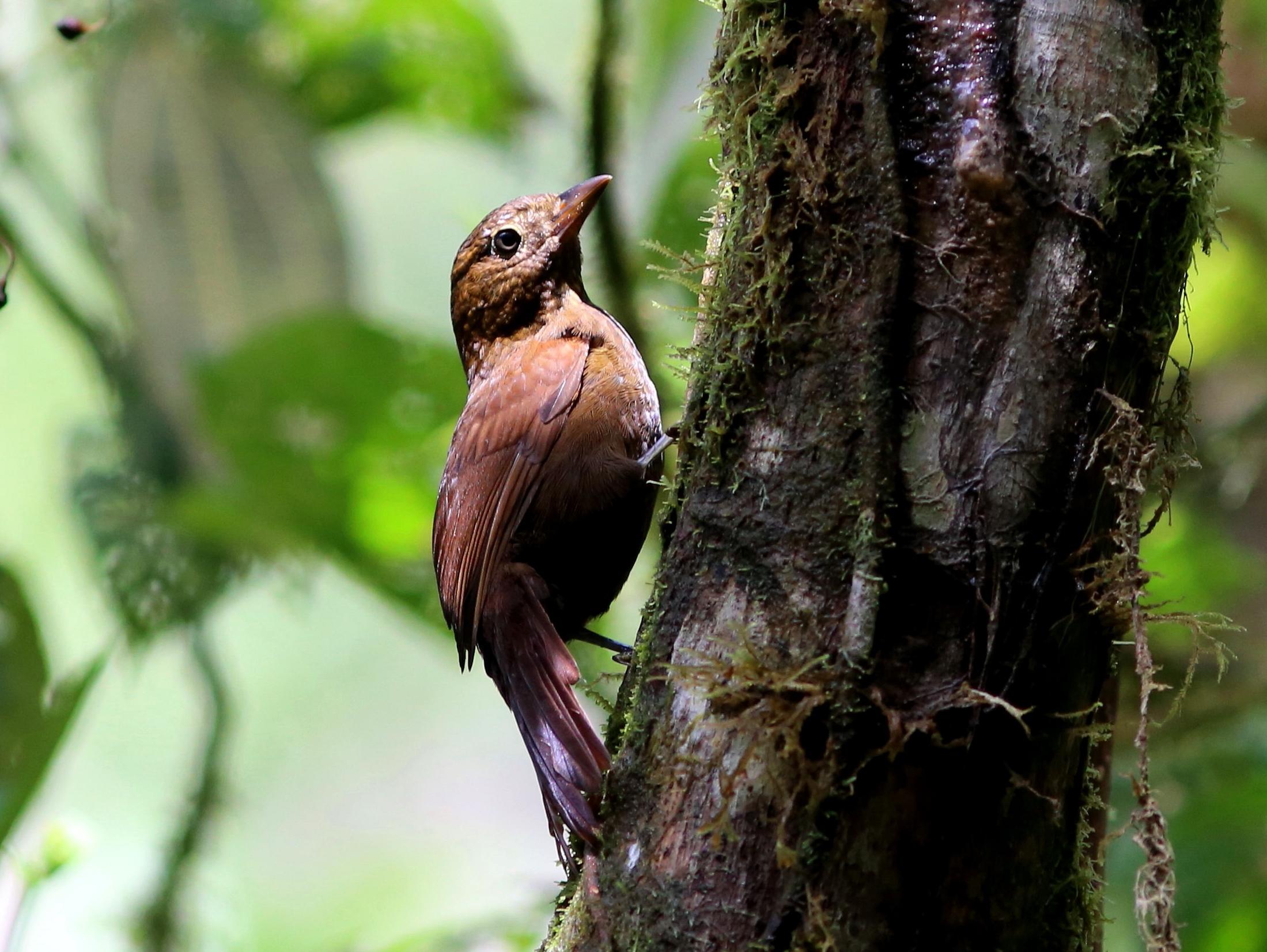
This medium-sized bird has a uniform olive-brown to rufous coloring, with a heavy, slightly curved bill adapted for probing bark and foliage. It grows about 7.5 inches long.
- Region of Habitat: Found in montane forests of the Andes in Peru and Bolivia.
- Scientific Name:Thripadectes Ignobilis
- Feeding Habits: Feeds on insects and larvae by rummaging through moss and epiphytes in trees.
- What Sound They Make: Emits low, scratchy churrn notes repeated at intervals.
Fun Facts:
Though visually inconspicuous, its foraging sounds and vocalizations make it easier to locate. It belongs to the ovenbird family and plays a key role in insect population control in cloud forests.
16. Uniform Woodcreeper
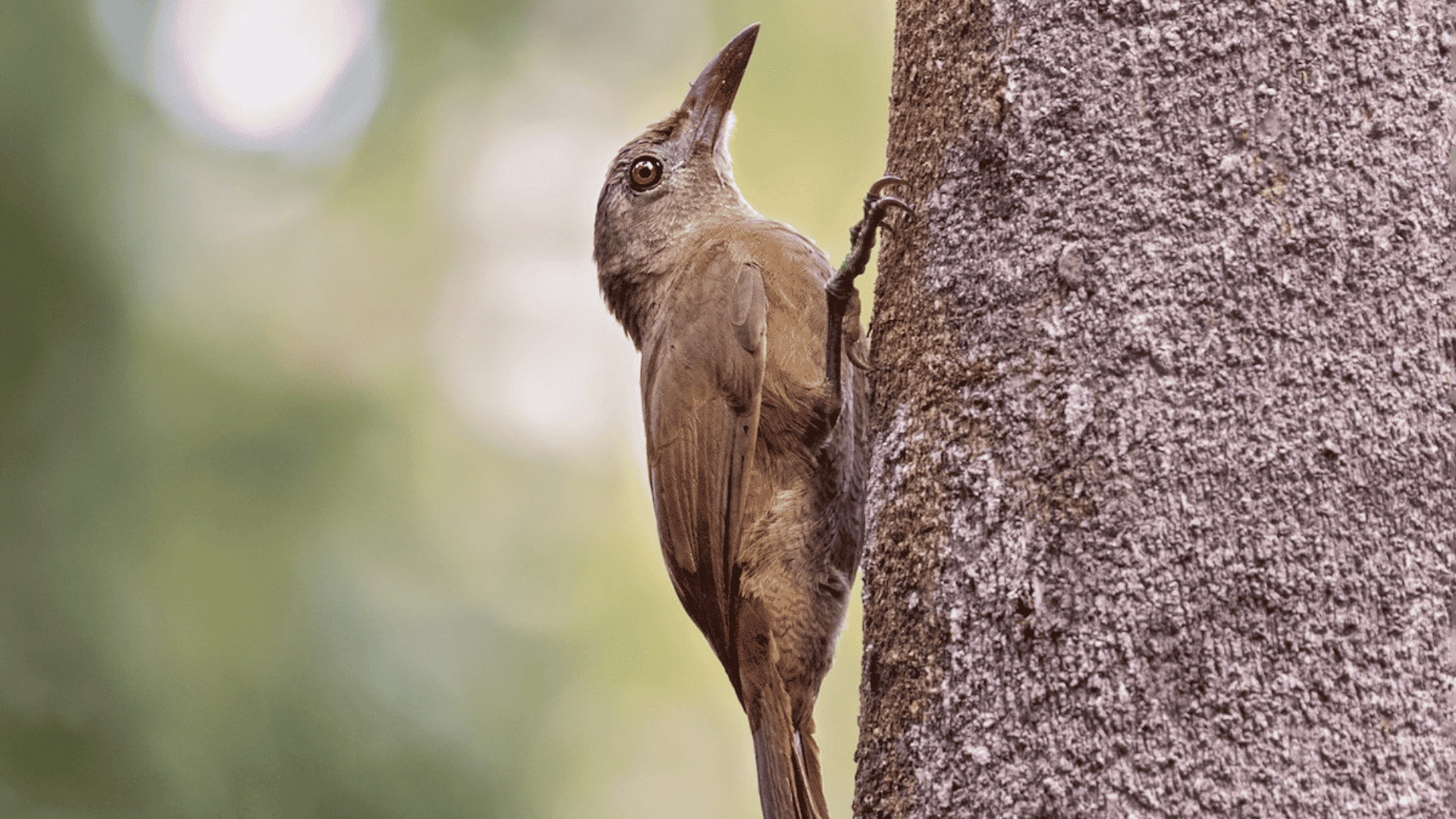
A slender, long-tailed bird with brownish plumage that appears nearly monotone across its body. It has a decurved bill ideal for probing bark and crevices.
- Region of Habitat: Inhabits tropical forests of western amazonia, especially in peru and ecuador.
- Scientific Name:Hylexetastes Uniformis
- Feeding Habits: Eats insects and small arthropods, often following army ant swarms to catch flushed prey.
- What Sound They Make: Produces slow, harsh notes that sound like drawn-out whistles.
Fun Facts:
It often joins mixed-species flocks in the forest canopy. Its name refers to the bird’s even coloration, which contrasts with the more patterned woodcreepers.
17. Uhehe Fiscal
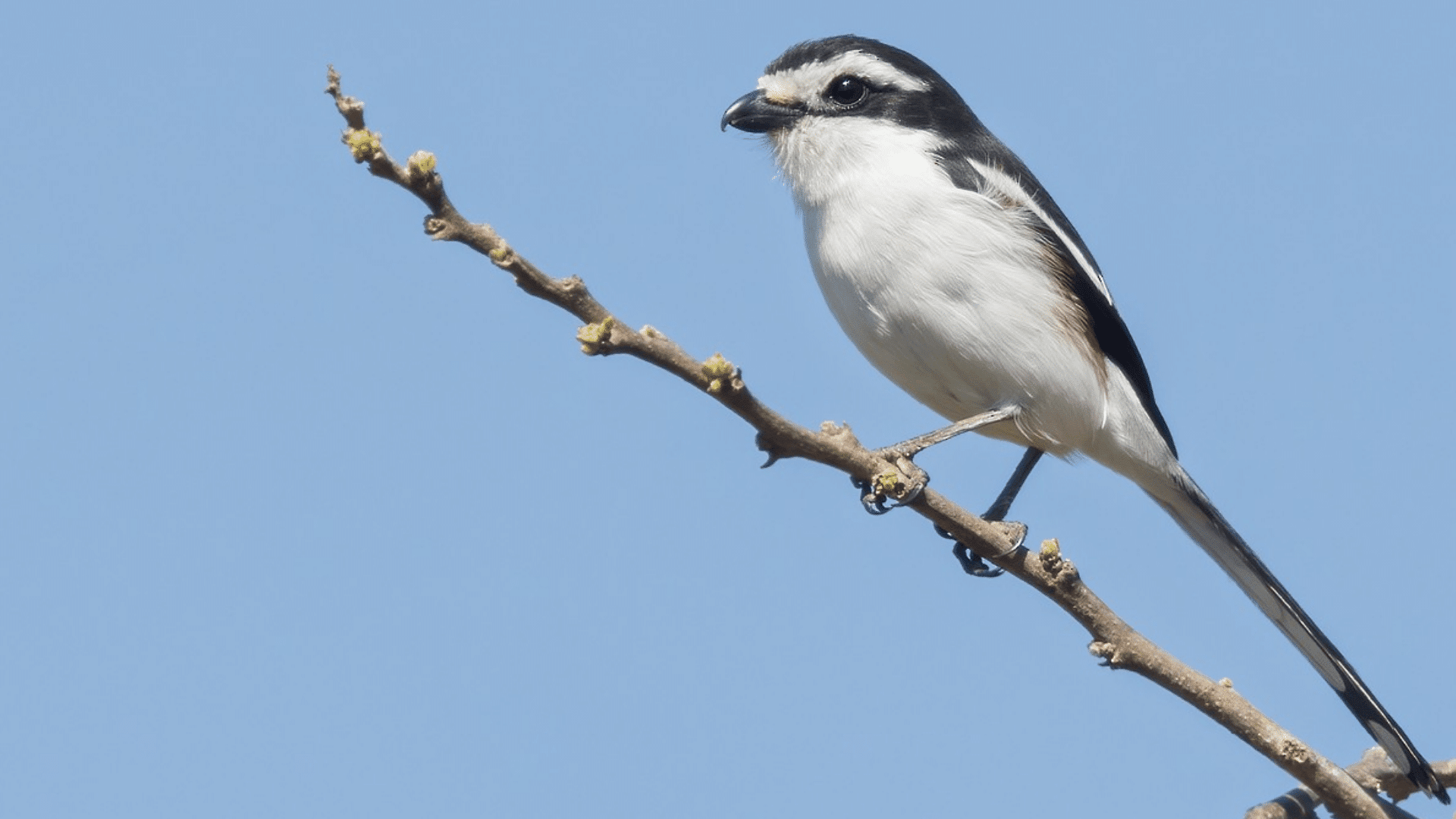
A small shrike with gray and white plumage and a black eye-stripe that gives it a masked appearance. It grows to about 8 inches in length and has a hooked bill suited for carnivorous feeding.
- Region of Habitat: Found in eastern africa, particularly in tanzania’s highland savannas.
- Scientific Name:Lanius Marwitzi
- Feeding Habits: Hunts insects and small vertebrates, sometimes impaling prey on thorns or barbed wire.
- What Sound They Make: They emit sharp, whistled phrases and chattering calls.
Fun Facts:
The uhehe fiscal is part of a group of birds known as “Butcherbirds” due to their habit of storing prey. It is often territorial and aggressive toward intruders.
18. Unadorned Flycatcher
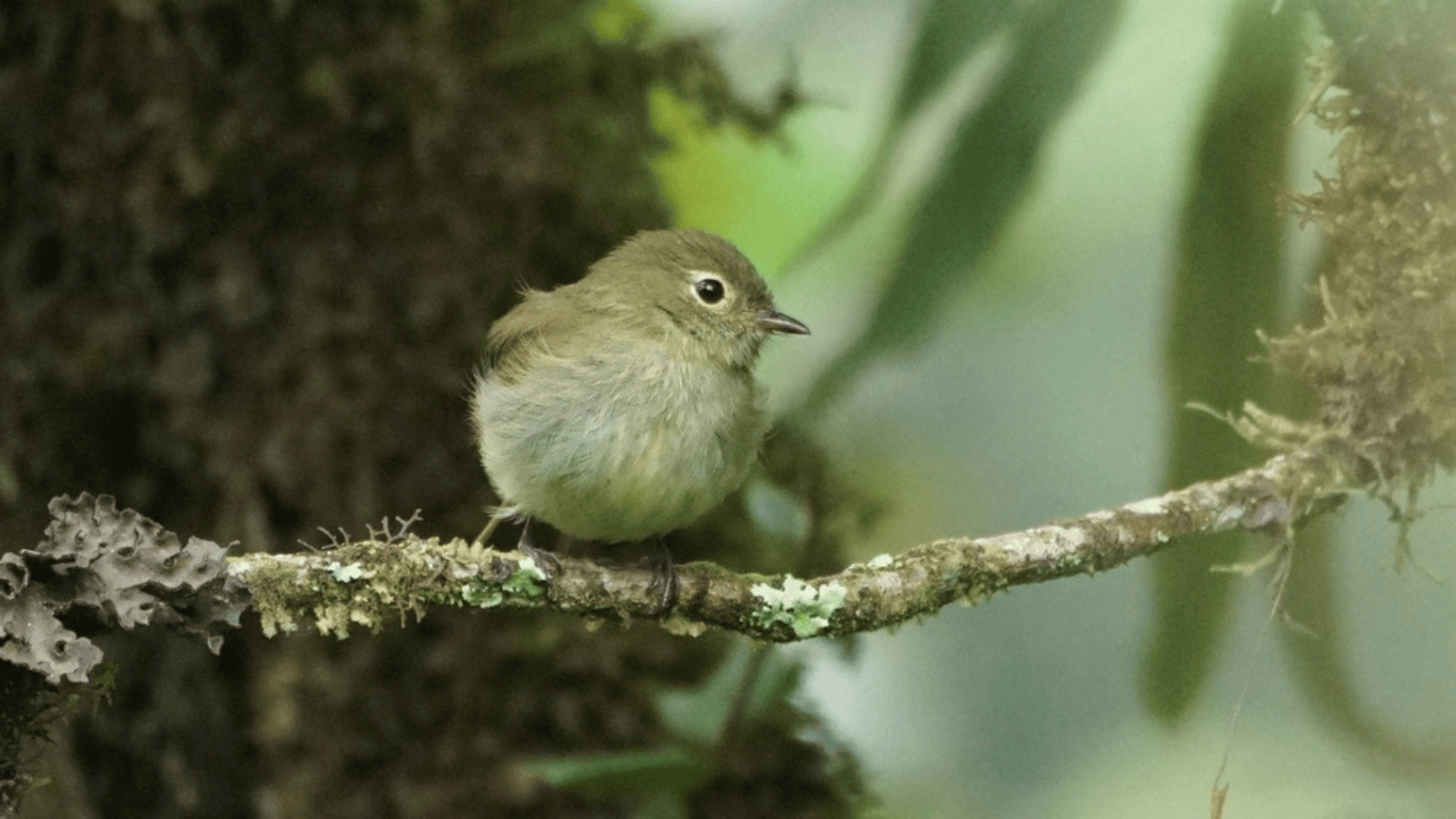
This small, unassuming bird has dull olive-brown plumage and a short bill. It measures about 4.5 inches and lacks distinct markings, giving it a plain appearance.
- Region of Habitat: Found in the Andean forests of Bolivia and Peru.
- Scientific Name:Myiophobus Inornatus
- Feeding Habits: Captures insects in flight or gleans them from leaves and branches.
- What Sound They Make: They produce soft, high-pitched chips and faint trills.
Fun Facts:
The lack of distinctive features makes this bird one of the more challenging to identify in the field. Its name reflects its plain appearance compared to other colorful flycatchers.
19. Unalaska Song Sparrow
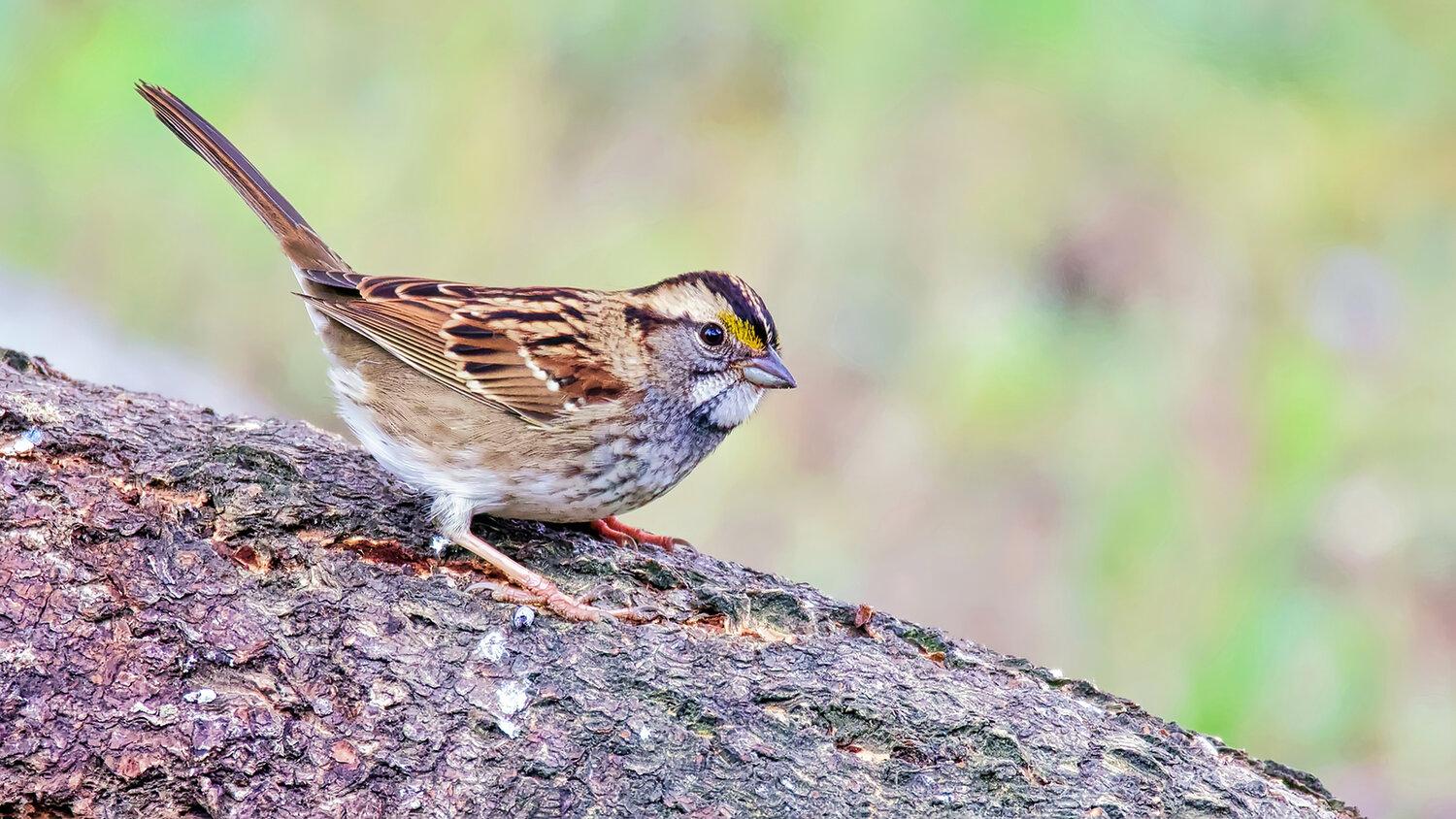
A medium-sized sparrow with streaked brown and gray plumage and a rounded tail. It grows about 6 inches long and has a robust, seed-crushing beak.
- Region of Habitat: Endemic to the Aleutian Islands in Alaska, especially Unalaska Island.
- Scientific Name:Melospiza Melodia Sanaka
- Feeding Habits: Omnivorous; eats seeds, insects, and berries, often foraging on the ground.
- What Sound They Make: Sing a sweet, varied song of trills and whistles unique to individuals.
Fun Facts:
Isolated island populations have led to subtle differences in size and song between this and mainland song sparrows. Its song is a key tool for territory defense and mate attraction.
20. Unalaska Thrush
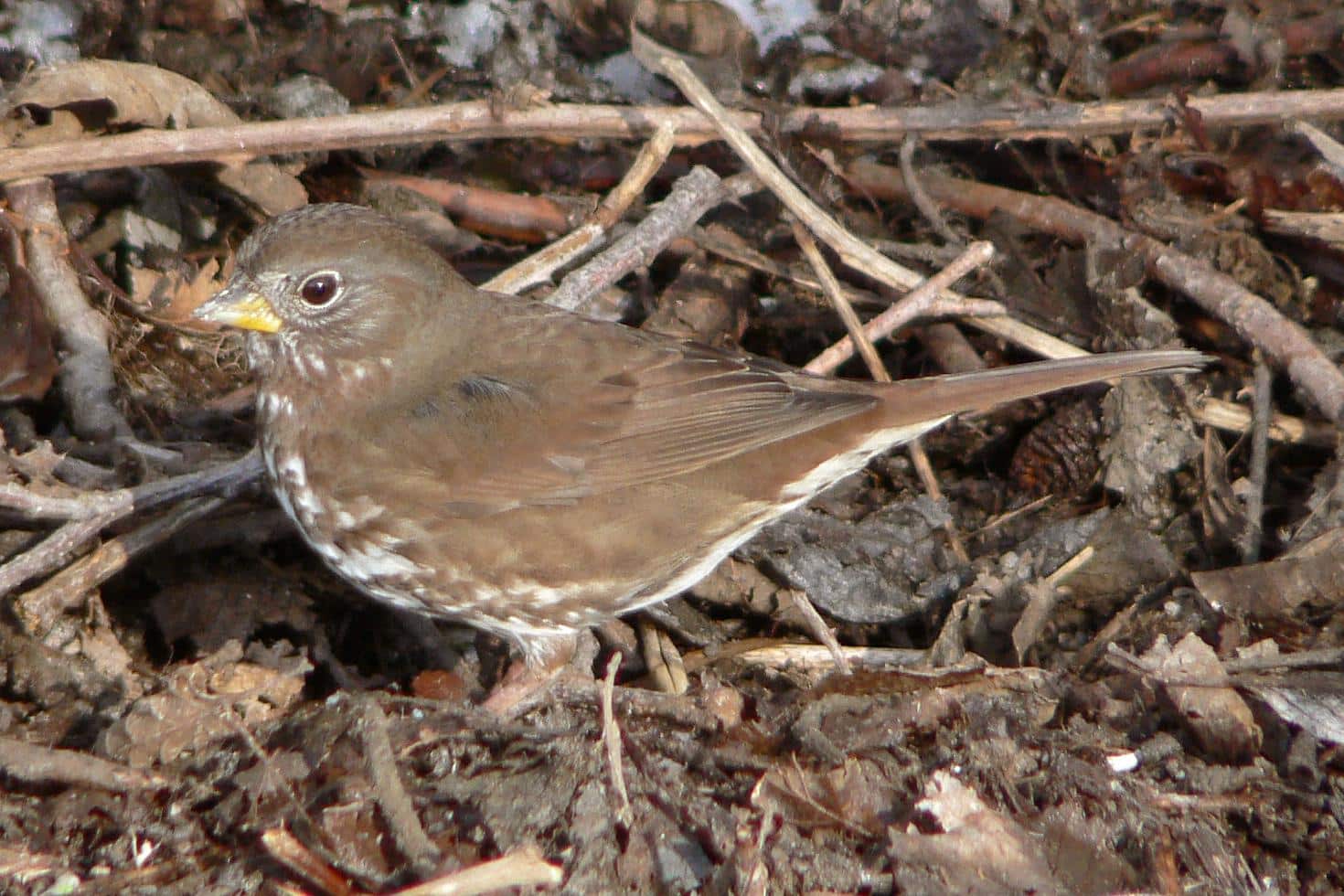
A medium-sized thrush with brownish upperparts and paler, spotted underparts. It has a slightly curved beak and grows around 8 inches long.
- Region of Habitat: Native to the Aleutian Islands and parts of western Alaska.
- Scientific Name:Catharus Ustulatus Unalaschcensis
- Feeding Habits: Consumes insects, earthworms, and berries, usually foraging on the forest floor.
- What Sound They Make: Known for its supernatural, flutelike song that echoes through forests.
Fun Facts:
The unalaska thrush is a subspecies of the swainson’s thrush. It undertakes long migrations between Alaska and South America, guiding thousands of miles annually.
21. Urrao Tapaculo
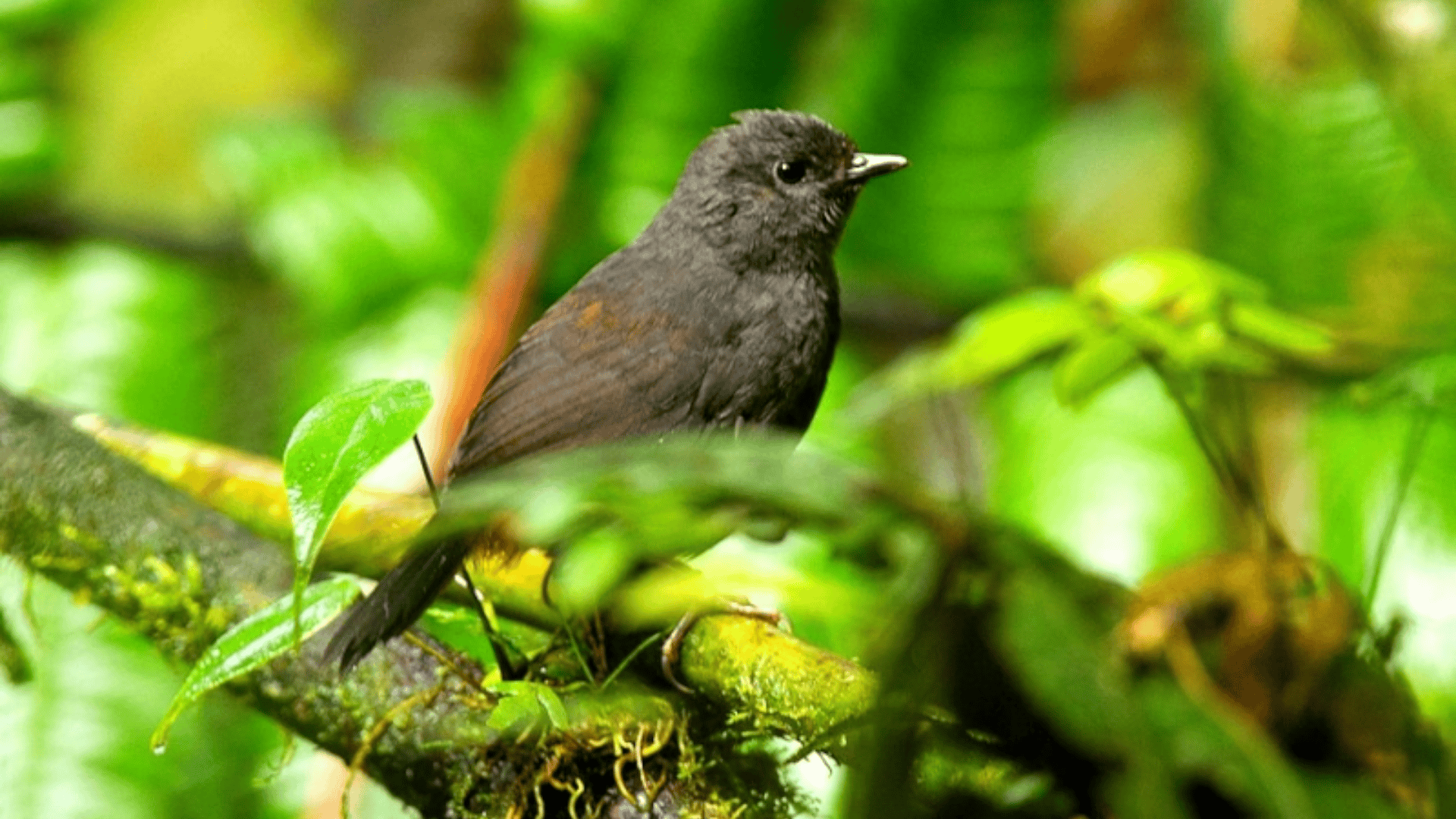
A very small, round-bodied bird with drab gray plumage and a short tail often held upright. It measures just under 4 inches long and is extremely elusive.
- Region of Habitat: Endemic to the montane forests of Colombia near Urrao, thriving in dense, moist understory.
- Scientific Name:Scytalopus Sp. Nov. (urrao Form) (scientific Status Under Review)
- Feeding Habits: Insectivorous; forages through leaf litter and mossy ground cover for tiny invertebrates.
- What Sound They Make: They deliver a rapid, staccato trill repeated at regular intervals, often used for territorial signaling.
Fun Facts:
Like many tapaculos, this bird was identified more by its vocalizations than its appearance. It remains poorly studied due to its hidden lifestyle and restricted range.
22. Unmarked Antwren
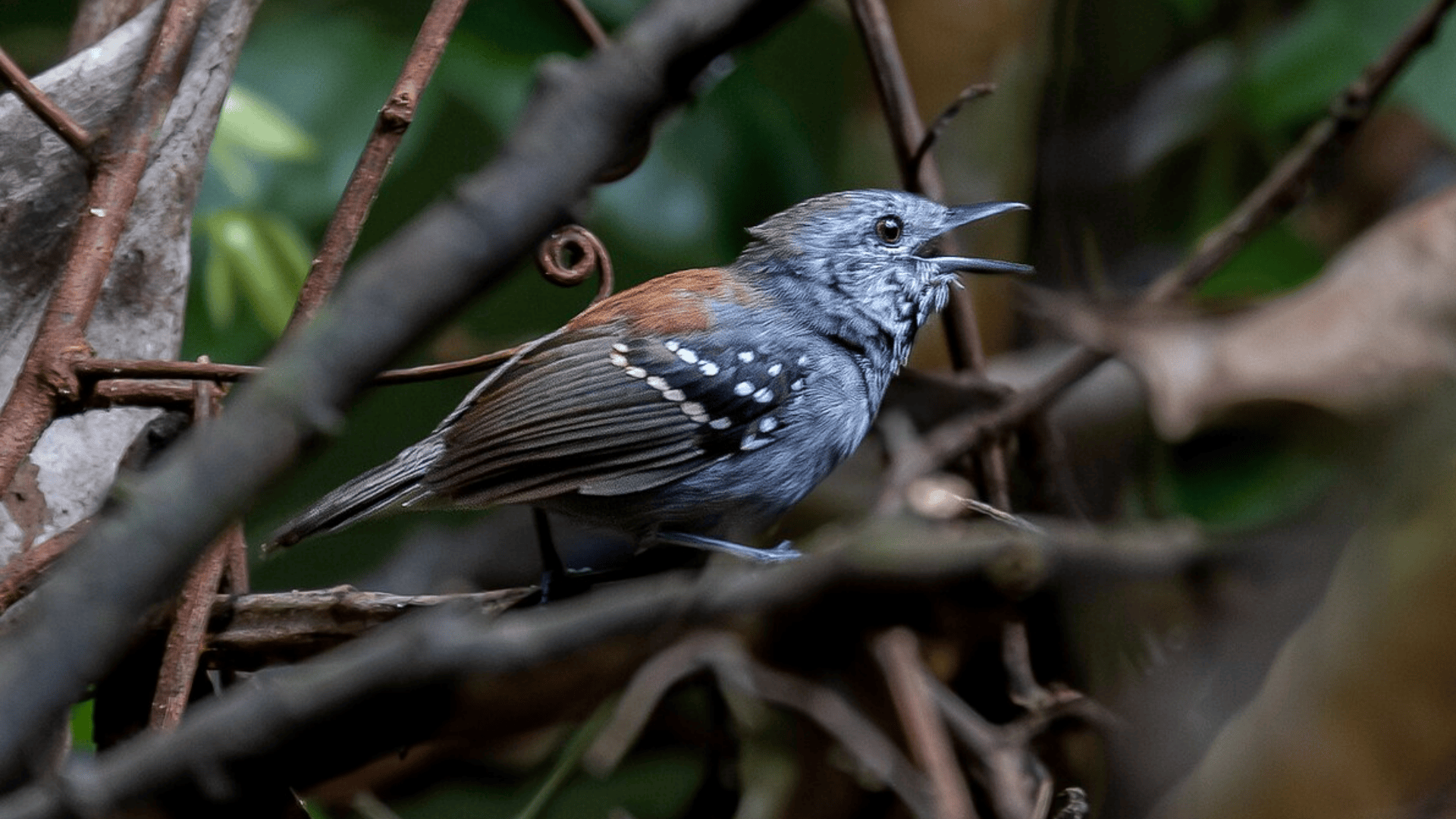
This elusive bird has a slender body and uniform greyish-brown plumage with no prominent markings, distinguishing it from other antwrens. It is around 4.5 inches long and moves quickly through foliage.
- Region of Habitat: Found in the Amazon basin, particularly in Brazil and surrounding lowland rainforests.
- Scientific Name:Herpsilochmus Unicolor
- Feeding Habits: Feeds on insects and small arthropods, often foraging in the upper understory and canopy.
- What Sound They Make: Produces short, sharp chips and fast trilling sequences.
Fun Facts:
The unmarked antwren often joins mixed-species flocks, improving its foraging success. Its lack of distinctive plumage makes it a challenge for birdwatchers to identify.
23. Umpqua Warbler
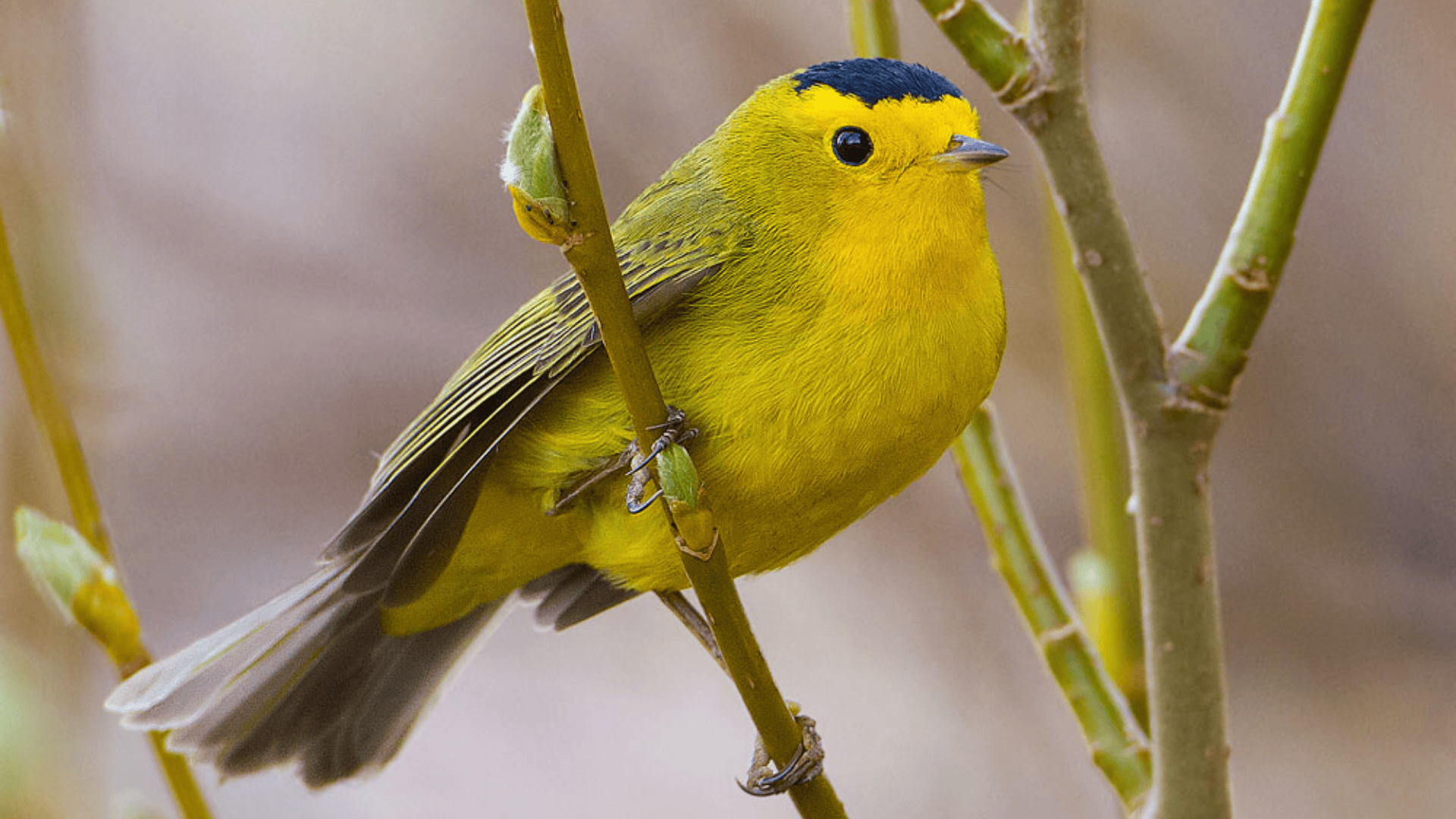
A small warbler with olive-green upperparts and yellowish underparts. It is slender, about 5 inches long, and has a fine, pointed bill suited for insect hunting.
- Region of Habitat: Allegedly found in the pacific northwest, though the bird’s exact classification is debated among ornithologists.
- Scientific Name:Setophaga Umpqua (name proposed, but not officially recognized)
- Feeding Habits: Insectivorous; gleans insects from foliage and sometimes catches them in mid-air.
- What Sound They Make: Sings a rapid, musical trill with short notes that rise and fall in pitch.
Fun Facts:
Some believe the Umpqua warbler is a misidentified variant of an existing species. It is named after Oregon’s Umpqua River valley, where it was allegedly first spotted.
More Interesting Birds with “U”
24. Urrao Antpitta
25. Uncapped Lark
26. Urban Crow
27. Urban Dove
28. Urban Finch
29. Urban Pigeon
30. Urban Sparrow
31. Uropygial Heron
32. Usambara Akalat
33. Usambara Boubou
34. Usambara Eagle-Owl
35. Usambara Greenbul
36. Usambara Illadopsis
37. Usambara Thrush
38. Usambara Weaver
39. Usambiro Barbet
40. Usambiro Hornbill
41. Usambiro Robin
42. Usambiro Weaver
43. Utah Junco
44. Utah Meadowlark
45. Utah Mountain Chickadee
46. Utah Oriole
47. Utah Scrub-Jay
48. Uturuncu Antpitta
49. Uturuncu Flycatcher
50. Uturuncu Tapaculo
51. Uva Thrush
52. Uvea Parakeet
53. Uwepa Finch
54. Uyuca Brushfinch
55. Uyuca Quail-Dove
56. Uyuca Warbler
57. Uzbekistan Babbler
58. Uzbekistan Chiffchaff
59. Uzbekistan Lark
60. Uzbekistan Shrike
61. Uzbekistan Swift
62. Uzbekistan Wheatear
63. Ultramarine Kingfisher
64. Ultramarine Lorikeet
65. Ultramarine Robin
66. Ultramarine Sunbird
67. Umbrella Cockatoo
68. Unicolored Antwren
69. Utah Flycatcher
Wrapping It Up
With the final name revealed, the list of birds starting with “U” is complete, but their legacy continues to echo through forests and skies.
From the umbrella bird’s remarkable displays to the upupa’s distinctive appearance, these uncommon creatures demonstrate nature’s infinite capacity for innovation and adaptation.
By exploring their diverse habitats, scientific classifications, specialized diets, and distinctive vocalizations, we’ve gained valuable insights into their ecological significance and evolutionary marvels. Each “U” bird contributes its own chapter to our planet’s biodiversity story.
The next time you hear an unfamiliar call or glimpse an unusual silhouette in the sky, perhaps it will be one of these extraordinary “U” birds – a living reminder of nature’s beautiful complexity.
If you’re interested in more informative animal and wildlife content, feel free to click here and explore other blogs that you might enjoy!




